Based on the data from the 2019 socio-economic survey, in recent years, Nghe An province has focused on supporting and creating conditions for the O Du ethnic group to start businesses and gradually integrate into the market economy. This is a breakthrough direction to reduce poverty among the O Du ethnic group that needs to be focused on and implemented in the coming time. Compared to the data from the third socio-economic survey of 53 ethnic minorities in 2019, the poverty rate among the La Ha ethnic group in Son La province has decreased by 26%, although the poverty line has been raised compared to 5 years ago. This is an impressive achievement, showing the effectiveness of investment policies and support for ethnic groups with specific difficulties in Son La province. About 15km north of the center of Ngoc Hoi district, Kon Tum province, Dak Rang village, Dak Duc commune has nearly 120 households with 348 people, of which 99% of the population are Gie Trieng people. On weekends, the sound of gongs and xoong singing is bustling, attracting groups of visitors. Based on data from the 2019 socio-economic survey, in recent years, Nghe An province has focused on supporting and creating conditions for the O Du ethnic group to start businesses, gradually integrating into the market economy. This is a breakthrough direction to reduce poverty among the O Du ethnic group that needs to be focused on and implemented in the coming time. Up to now, Bac Yen district (Son La province) has 99 prestigious people, of which 60 are party members, 10 are secretaries and village chiefs. In recent years, the district has devoted resources to implementing policies and taking care of prestigious people in the area. In recent years, Son Duong district (Tuyen Quang province) has actively mobilized and arranged local budget capital sources entrusted to the Vietnam Bank for Social Policies (VBSP) to create preferential loans for poor households and policy beneficiaries. From there, people have more opportunities to create new jobs; increase income, improve life, escape poverty. At the end of the year and near the Lunar New Year, many young people and students in provinces and cities across the country have researched and learned on social networks... to buy explosive materials and make firecrackers themselves. These are illegal acts, posing unpredictable dangers to people's lives and health and security and order in localities. Prolonged heavy rain caused landslides at An Khe Pass, causing part of the road to be flooded and traffic to be delayed on National Highway 19. The construction unit and functional forces are trying to overcome the consequences and ensure safety for travelers. General news of the Ethnic and Development Newspaper. This morning's news on December 13 has the following notable information: Melodies resound in every street corner. Let farmers get rich from cassava. Water wharf worship ceremony of the M'nong ethnic group in Dak Nong. Along with other news in ethnic minority and mountainous areas, Minister of Culture, Sports and Tourism Nguyen Van Hung has just signed Decision No. 3994/QD-BVHTTDL to register and put the Cau Ngu Festival of Van Dam Xuong Ly (Nhon Ly commune, Quy Nhon city, Binh Dinh) into the List of National Intangible Cultural Heritage. Compared with the data of the third socio-economic survey of 53 ethnic minorities in 2019, the poverty rate among La Ha ethnic people in Son La province has decreased by 26%, although the poverty line has been raised compared to 5 years ago. This is an impressive achievement, showing the effectiveness of investment policies and support for ethnic groups with specific difficulties in Son La province. Recently, Sub-project 3 "Project on developing vocational education and creating jobs for workers in ethnic minority and mountainous areas" of Project 5, under the National Target Program on socio-economic development in ethnic minority and mountainous areas for the period 2021 - 2030; Phase I: From 2021 - 2025 (abbreviated as National Target Program 1719) has brought many positive effects in vocational training and creating jobs for workers in Soc Trang province. The results were achieved thanks to the close supervision during the implementation process, in which the core role was played by the Department of Labor, War Invalids and Social Affairs of Soc Trang province. General news of Ethnic Minorities and Development Newspaper. This morning's news on December 13 has the following notable information: Melodies resound in every street corner. For farmers to get rich from cassava. The M'nong ethnic water wharf worship ceremony in Dak Nong. Along with other current news in ethnic minority and mountainous areas. On the afternoon of December 12, at the Party Central Committee headquarters, General Secretary To Lam had a cordial reception for Comrade Miguel Mejia, General Secretary of the United Left Movement (MIU), Minister of Regional Integration Policy of the Dominican Republic, who is visiting and working in Vietnam. The Dominican Republic is a developing country with the fastest growing economy in Latin America and the Caribbean.
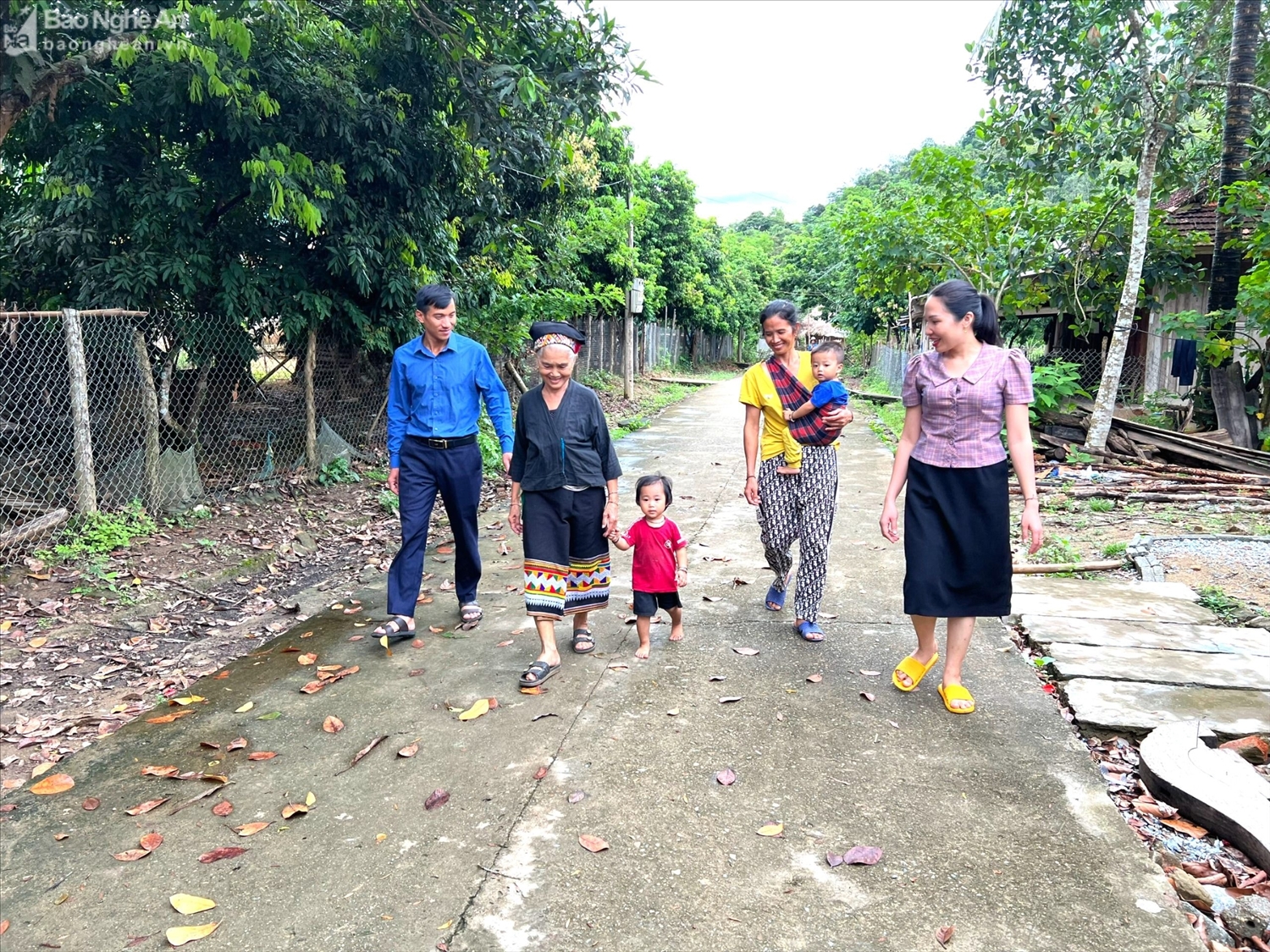
Integration into market economy
Vang Mon village, Nga My commune (Tuong Duong district) is located next to National Highway 48C. This is the most densely populated place of the O Du ethnic group in Tuong Duong district, with 107 households and 455 people. Taking advantage of that trade, many households in Vang Mon have switched to trading to develop their family economy.
Lo Thi Nga’s family was the first to open a grocery store, selling confectionery, food, and household items in Vang Mon village. The grocery store business has helped Nga’s family have a stable income.
“In addition to the grocery store, the family also runs a pig farm. Each year, we raise about 50 pigs, which are sold every 3 to 5 months; after deducting expenses, the pig farm brings in an income of 60 to 70 million VND,” Ms. Nga shared.
Notably, Ms. Nga did not wait until she moved to resettle in Vang Mon village (in 2006) to have the “blood” for business. Even when she was still deep in the forest in Kim Hoa village, Kim Da commune (Tuong Duong district), her family opened a grocery store.
The O Du ethnic group lives in many communes in Tuong Duong district. The district currently has 17/146 villages in 9/17 communes and towns where the O Du people live, with 135 households and 383 people. In Nga My commune, the O Du people live in 4 villages: Vang Mon, Pot, Bay and Xop Kho, with 112 households.
“Back then, traveling was difficult, going in and out of the village had to be done by river, so the family only sold goods to serve daily needs, so the income was not much,” said Ms. Nga.
Previously, the O Du ethnic group in Nghe An mainly lived in two villages, Xop Pot and Kim Hoa. These are remote areas of Kim Da commune (Tuong Duong district).
Living in the middle of the jungle, the income of the people mainly comes from slash-and-burn farming and partly from wet rice fields, cultivated by slash-and-burn farming. Therefore, for “entrepreneurs” like Ms. Lo Thi Nga, this can be considered an interesting phenomenon.
After being resettled in Vang Mon village, Ms. Lo Thi Nga’s entrepreneurial spirit has more room to flourish; at the same time, it also encourages other households to switch to trading and business to develop the economy. Currently, the whole Vang Mon village has 6 grocery stores serving the needs of people in the village and neighboring villages; many households invest in livestock development to escape poverty.
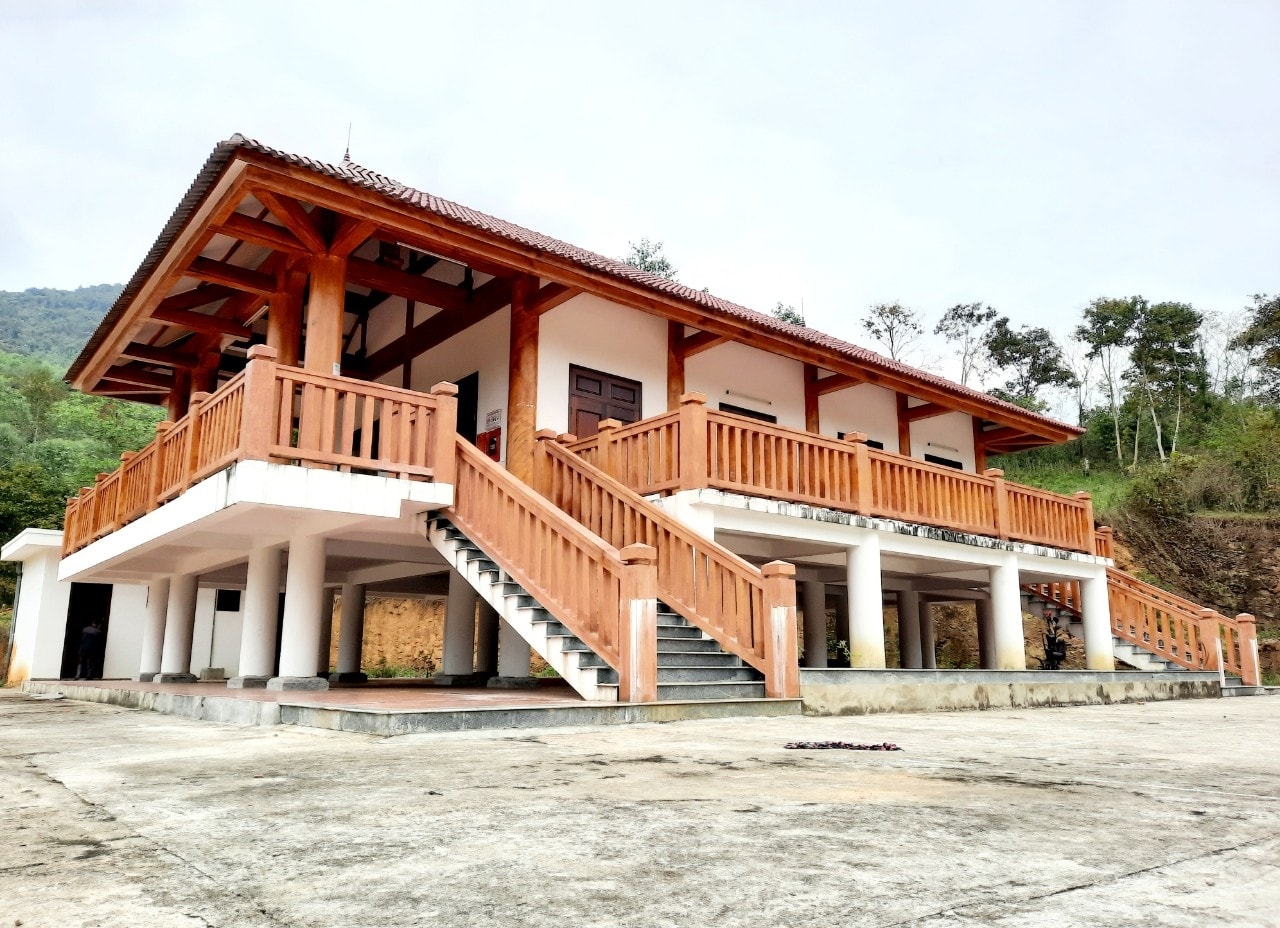
It seems that the “blood” of starting a business is a potential ability of many O Du ethnic households. The third survey and information collection on the socio-economic situation of 53 ethnic minorities in 2019 showed that the O Du is the ethnic group with the highest rate of borrowing social policy credit (60%), more than three times higher than the general rate of 53 ethnic minorities; Si La is the second-ranked ethnic group, but the borrowing rate is only 47.5%.
Orientation for sustainable poverty reduction
According to Ms. Vi Thi Mui, Vice Chairwoman of the People's Committee of Nga My commune, as one of the ethnic groups with the smallest population in Vietnam, in recent years, the O Du people in the commune have received attention and care from the Party and State through many investment and support policies. Thanks to that, the socio-economic situation in the 4 villages where the O Du people live (Vang Mon, Pot, Bay and Xop Kho) has clearly changed.
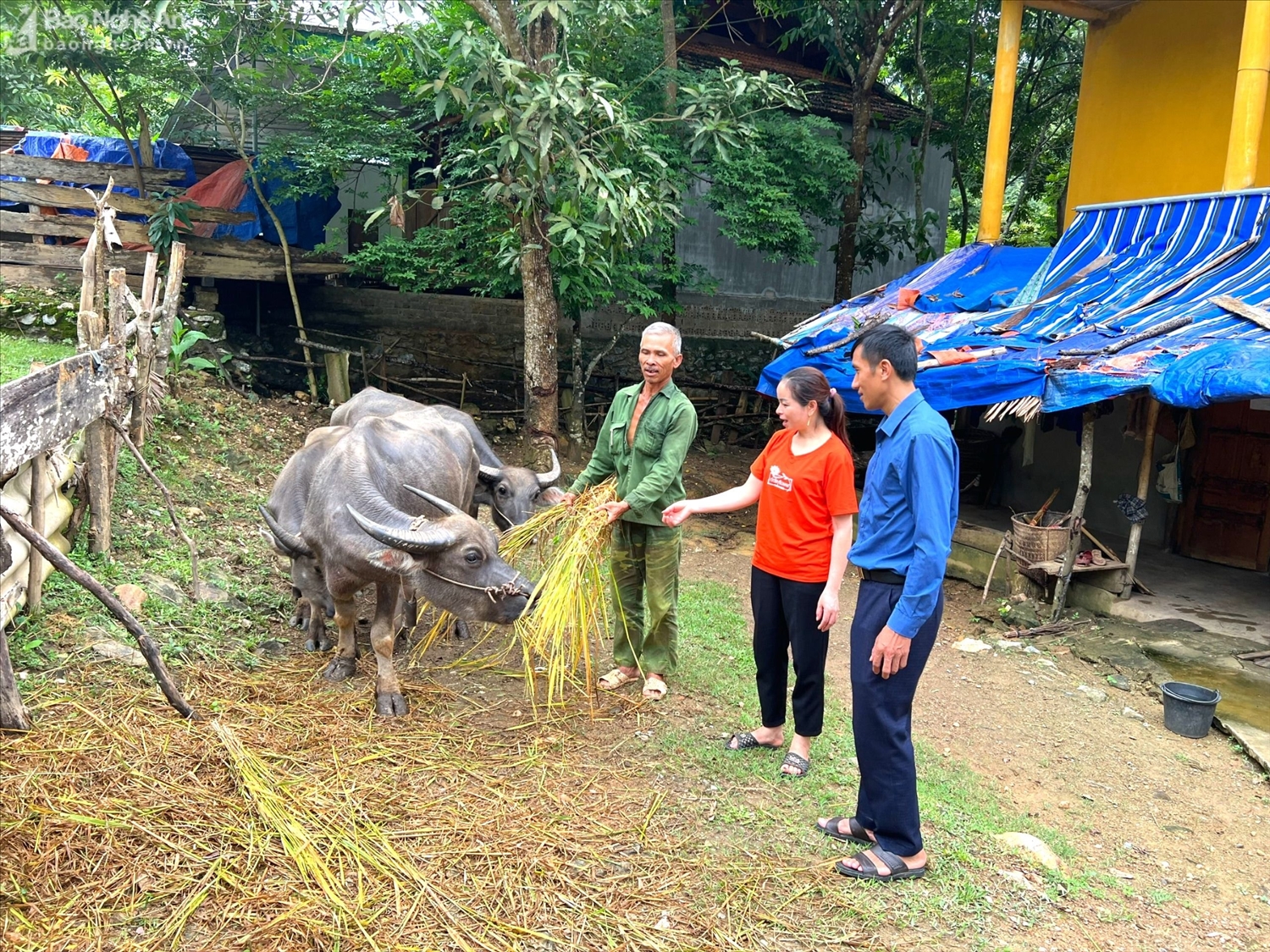
“The biggest change is that the O Du people have become aware of getting rich, focusing on developing production with effective economic models suitable to the natural conditions and potential of the locality,” Ms. Mui shared.
According to Ms. Mui, from ethnic programs and policies, Nga My commune has been allocated capital to implement many projects to create a breakthrough in poverty reduction among the O Du ethnic group.
Currently, 100% of O Du ethnic families in Tuong Duong district have access to grid electricity for lighting, clean water, and are issued health insurance cards; policies and regimes such as support for trees, seeds, electricity bills, and loans for economic development for O Du people are fully implemented by authorities at all levels.
In particular, implementing preferential credit policies, many O Du ethnic households have had the conditions to develop many new production models, contributing to promoting the economic restructuring of the locality.
In Vang Mon village, according to Mr. Lo Van Tinh - Secretary of the village Party Cell, in recent years, Vang Mon village has focused on developing livestock farming.
To support the people, in 2022, Nga My Commune Farmers' Association established the Vang Mon village cattle breeding professional association with 10 members.
“The purpose of the Association is to change the mindset in animal husbandry, increase production value, increase income; create conditions for members to connect, help each other, share experiences and good practices in animal husbandry, contributing to sustainable hunger eradication and poverty reduction,” Mr. Tinh shared.
The desire to start a business and become rich is not only widespread among the masses, but also among the O Du party members and officials. Having additional income from economic models is a very strong will.
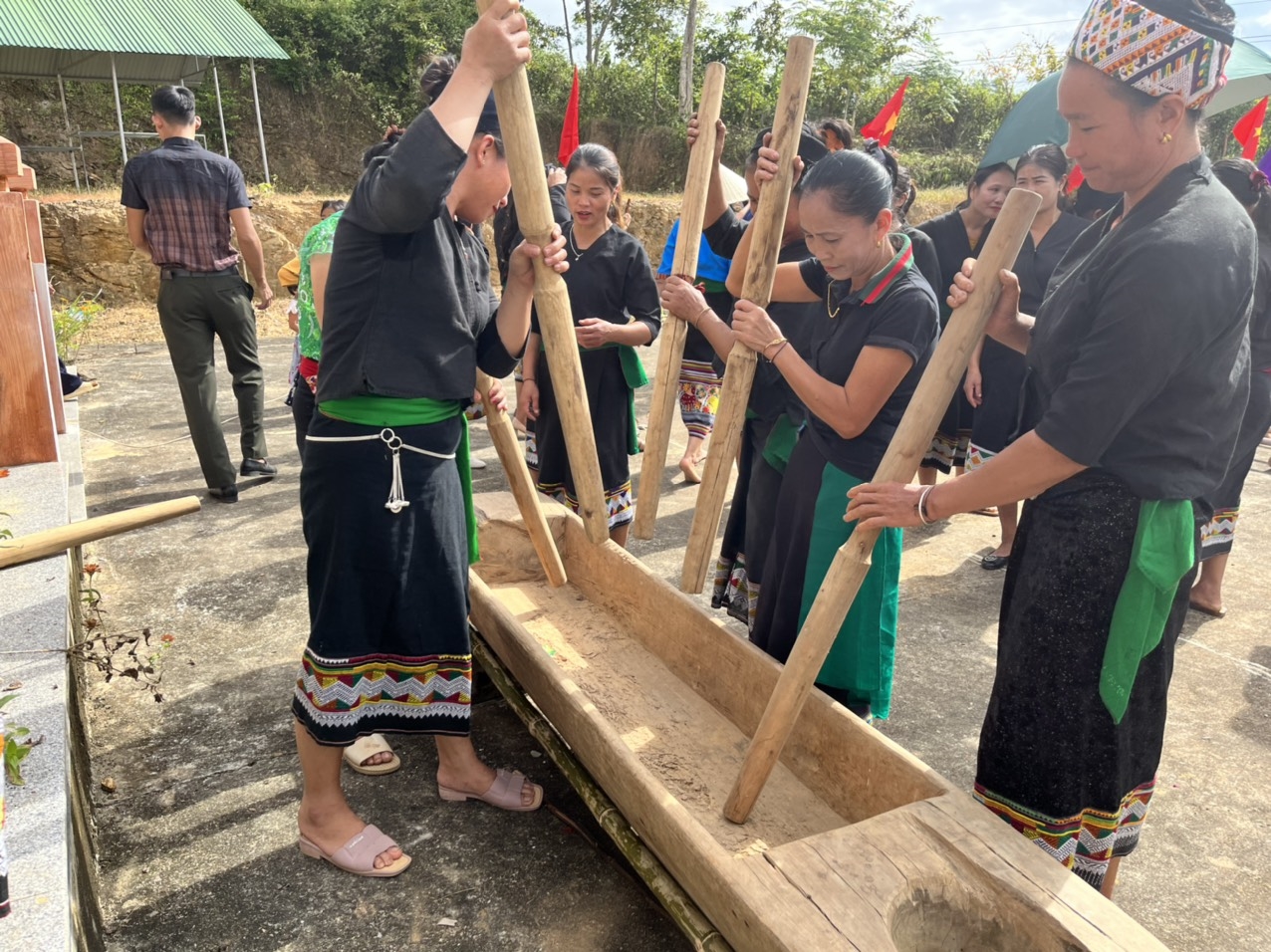
Like Ms. Luong Thi Lan, Head of Vang Mon village, whose husband is the Head of Nga My commune health station. Ms. Lan's family currently raises 8 buffaloes, grows 1 hectare of acacia, and grows fruit trees to increase income. And Ms. Lan's father-in-law, Mr. Lo Van Tinh - Secretary of Vang Mon village Party Cell, although he is now old, still raises 7 buffaloes, cows, pigs, chickens and opens a small grocery store to stabilize the economy...
This reality shows that continuing to support to promote business start-ups and develop commodity-oriented economic models in villages where the O Du ethnic group lives is an issue that needs to be paid attention to by Nghe An province. The infrastructure that has been invested in relatively synchronously is a favorable condition for the O Du people to develop commodity production and increasingly integrate deeply into the market economy.
The O Du are one of the five smallest ethnic groups in the country, living only in Tuong Duong district, Nghe An province. In 2006, they gave up their land to build Ban Ve Hydropower Plant. During the 18 years of settling in their new home, the O Du have made efforts to develop the economy, break the monoculture of rice on the fields, build prosperous and prosperous villages, and especially pay attention to preserving and promoting unique and distinctive cultural values.
Source: https://baodantoc.vn/nghe-an-dinh-vi-huong-dot-pha-de-giam-ngheo-trong-dong-bao-dan-toc-o-du-1733929457338.htm


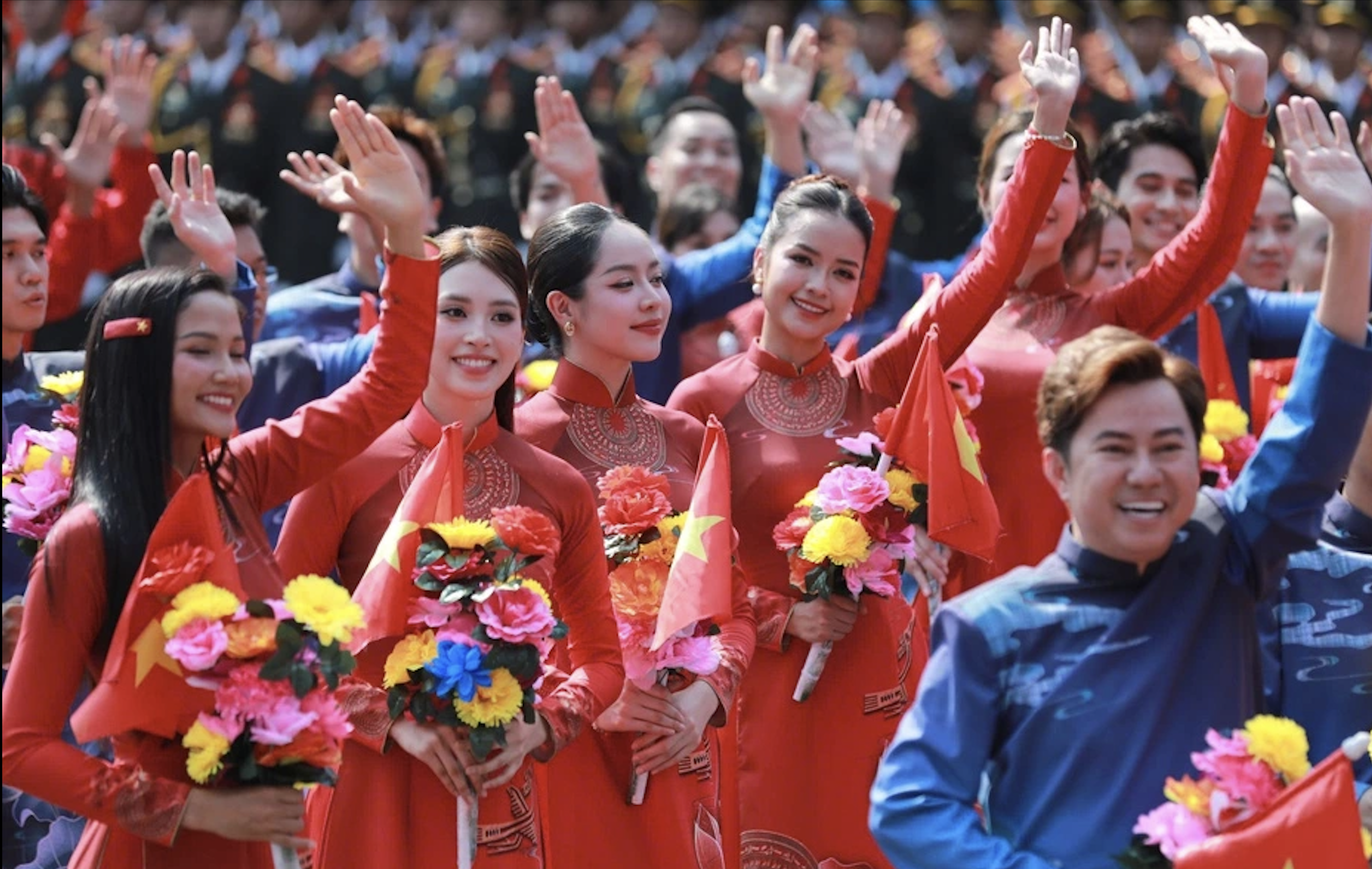
![[Photo] Chinese, Lao, and Cambodian troops participate in the parade to celebrate the 50th anniversary of the Liberation of the South and National Reunification Day](https://vstatic.vietnam.vn/vietnam/resource/IMAGE/2025/4/30/30d2204b414549cfb5dc784544a72dee)
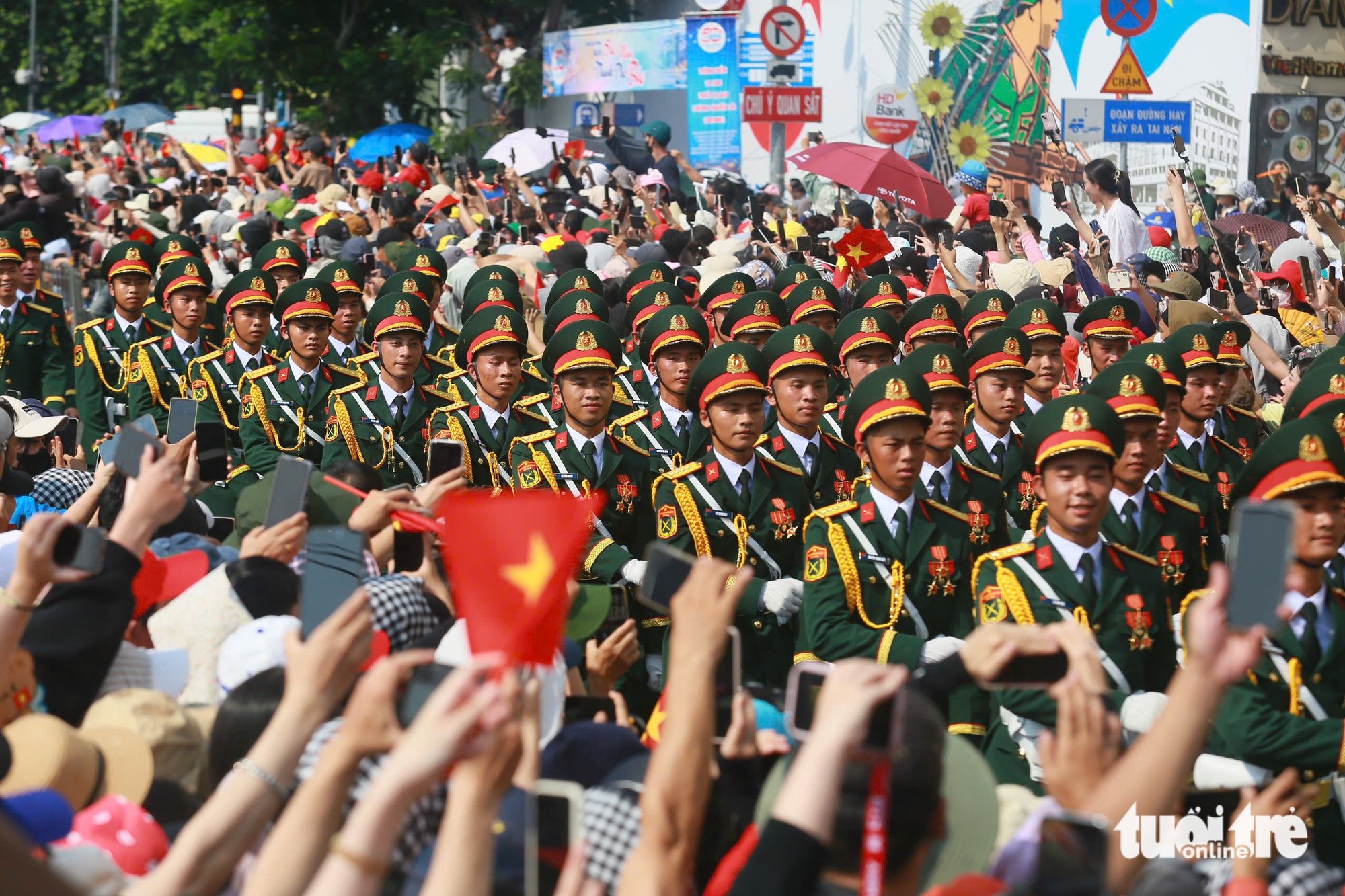
![[Photo] Performance of the Air Force Squadron at the 50th Anniversary of the Liberation of the South and National Reunification Day](https://vstatic.vietnam.vn/vietnam/resource/IMAGE/2025/4/30/cb781ed625fc4774bb82982d31bead1e)
![[Photo] Cultural, sports and media bloc at the 50th Anniversary of Southern Liberation and National Reunification Day](https://vstatic.vietnam.vn/vietnam/resource/IMAGE/2025/4/30/8a22f876e8d24890be2ae3d88c9b201c)

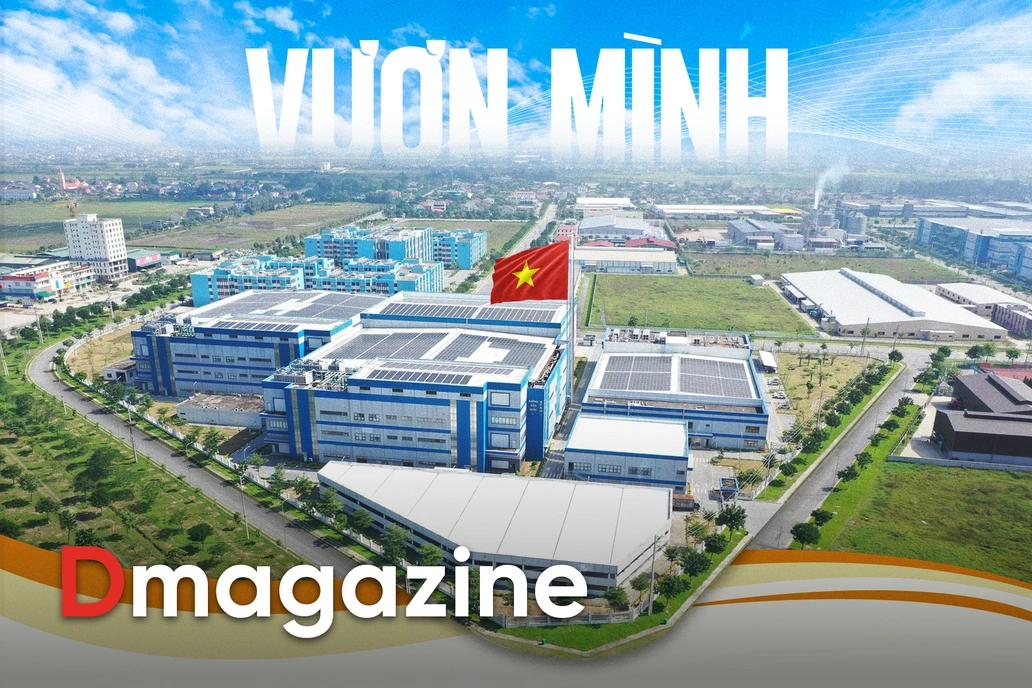



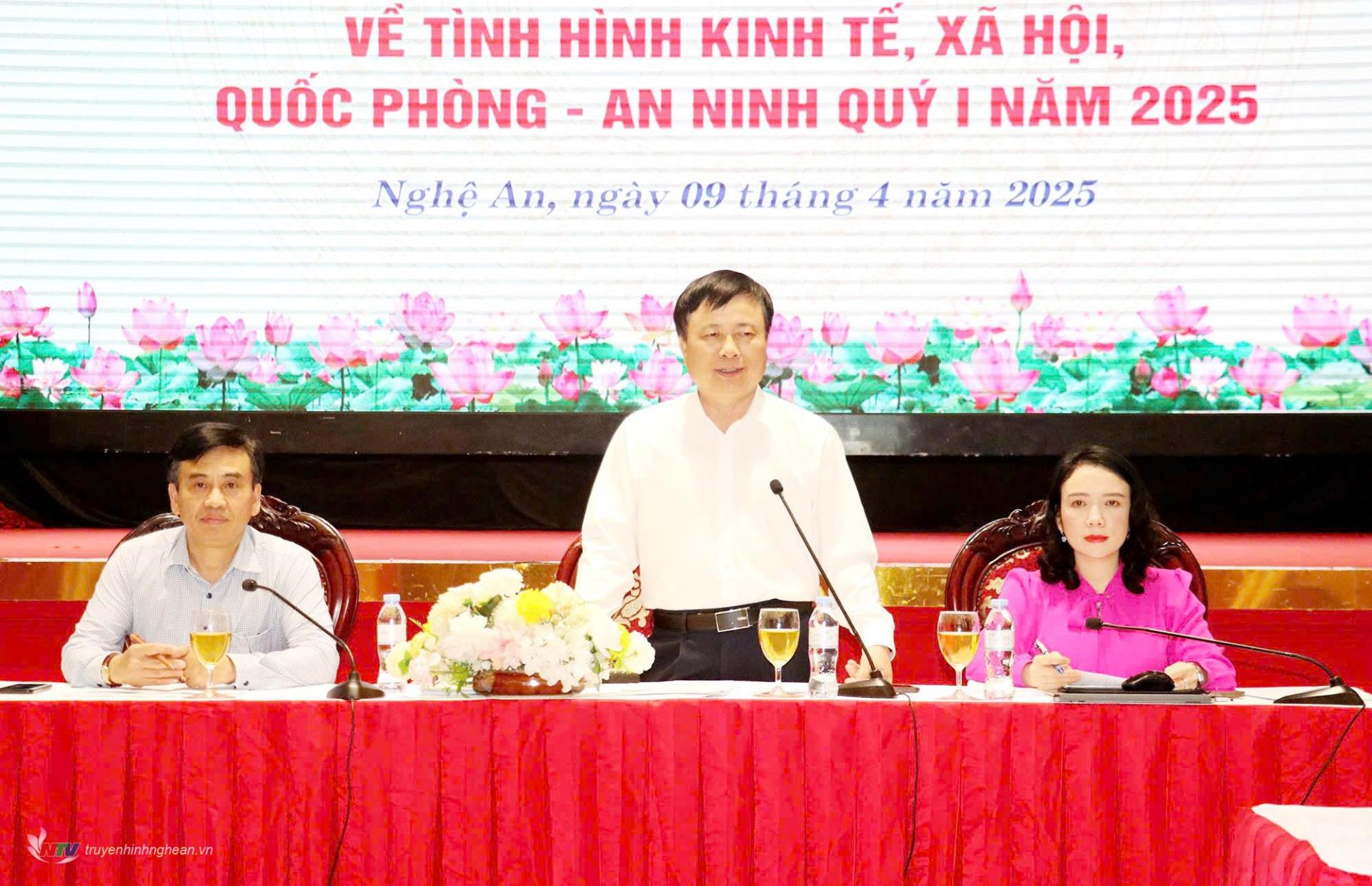



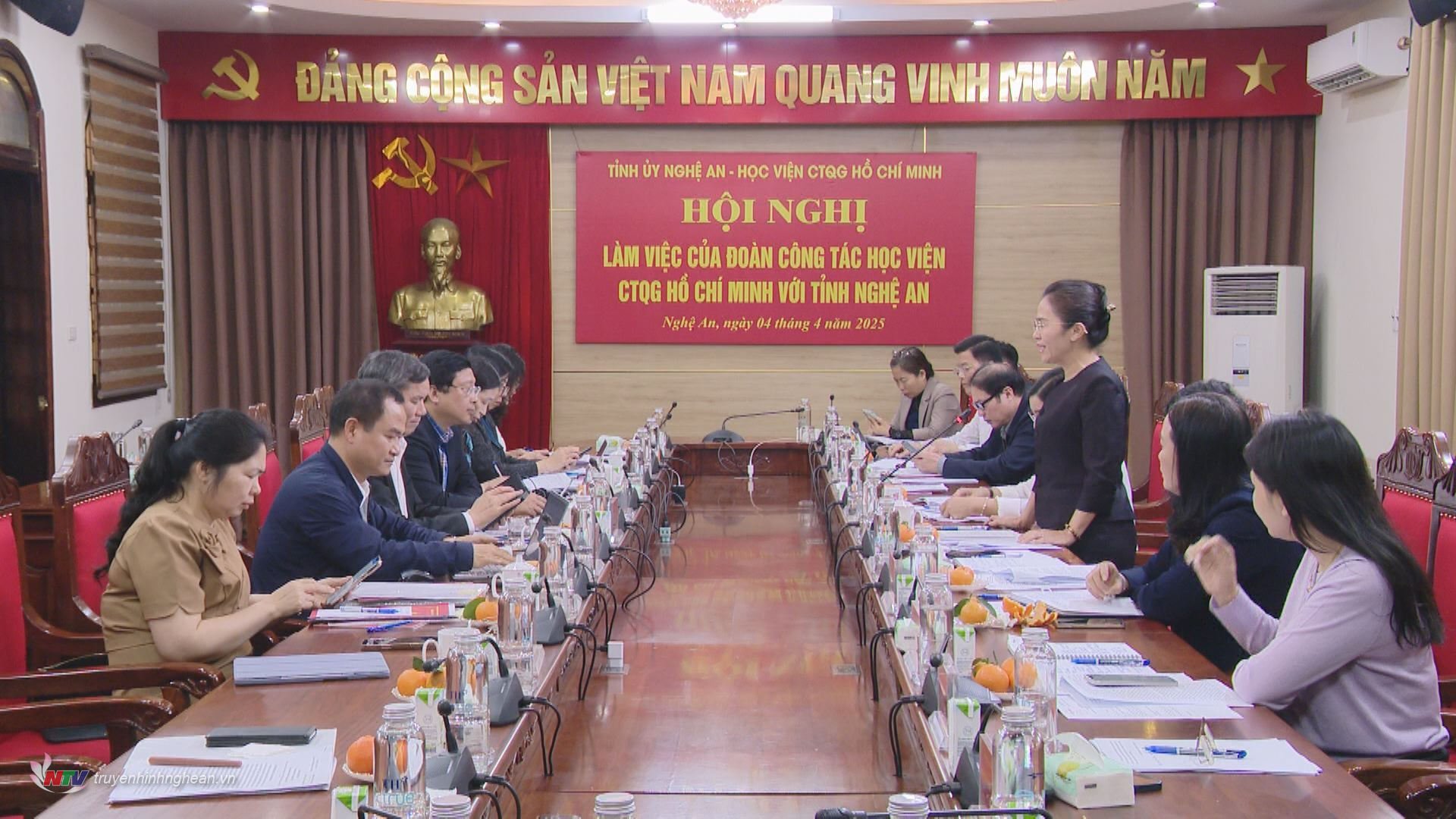
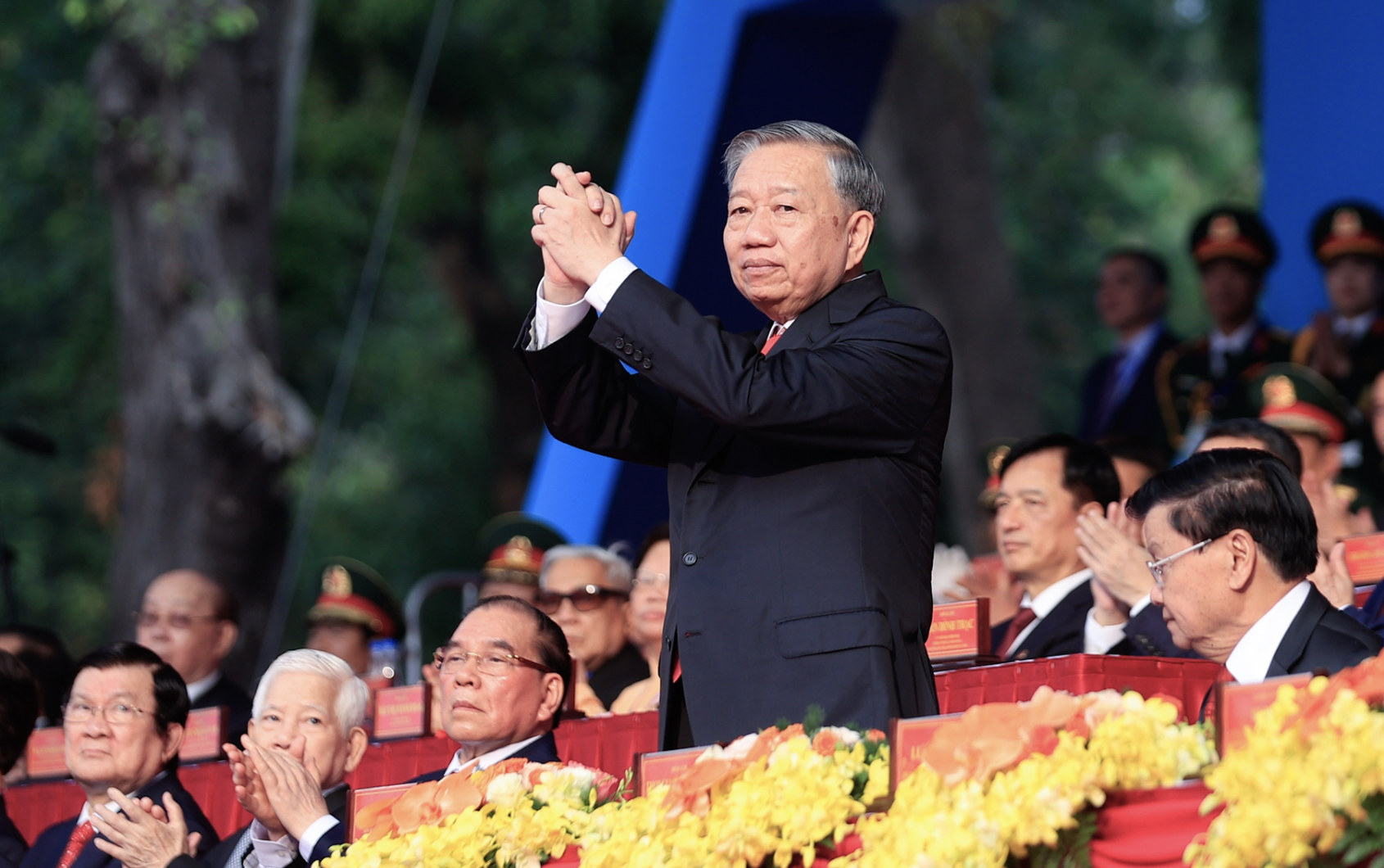



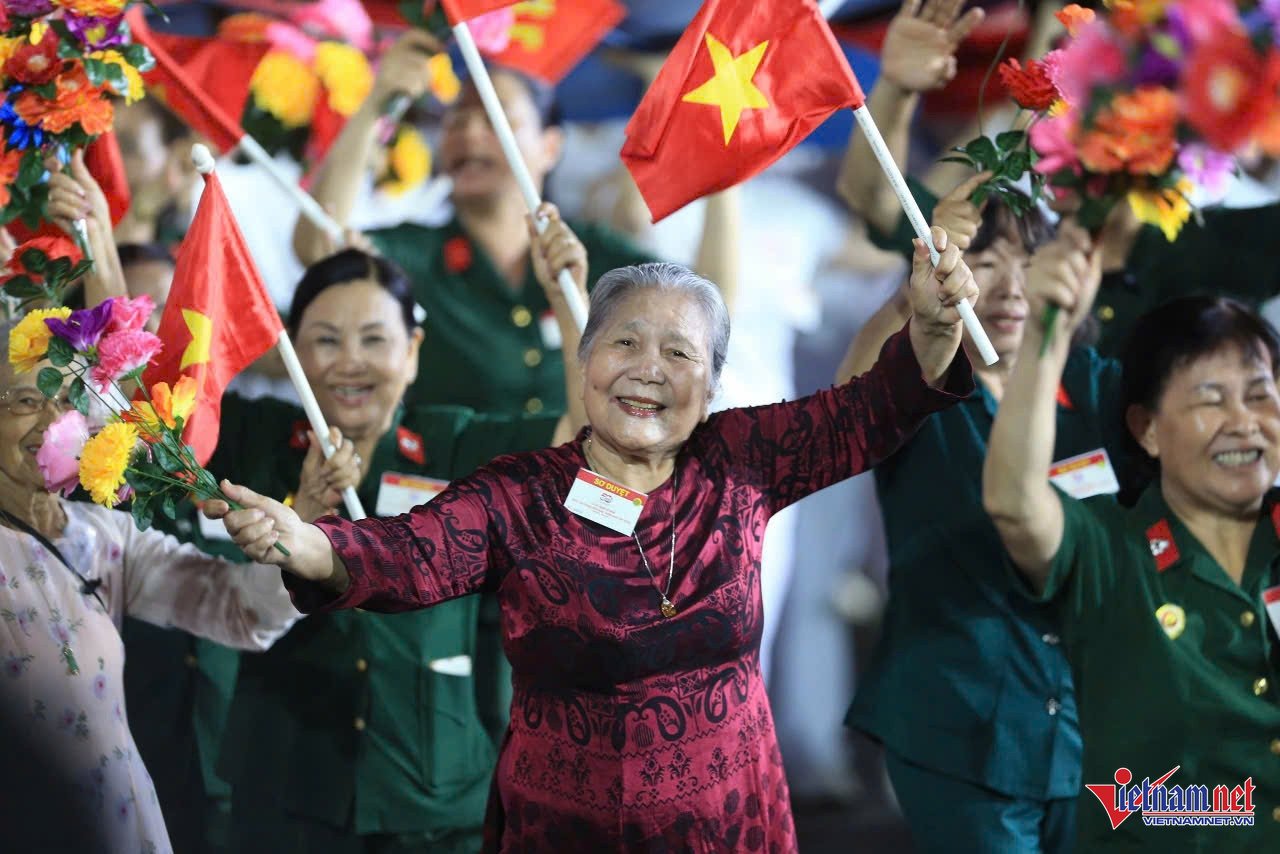
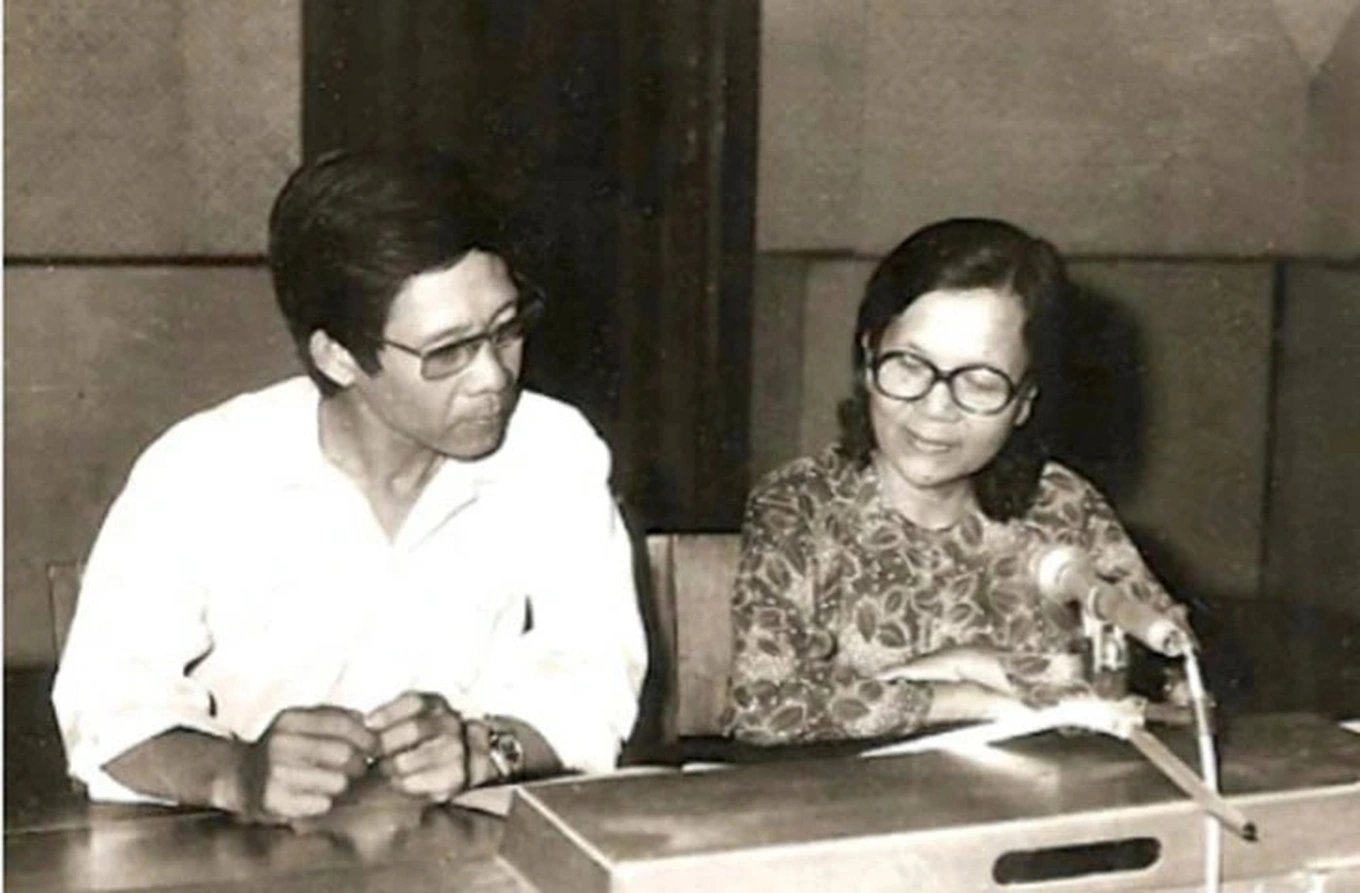



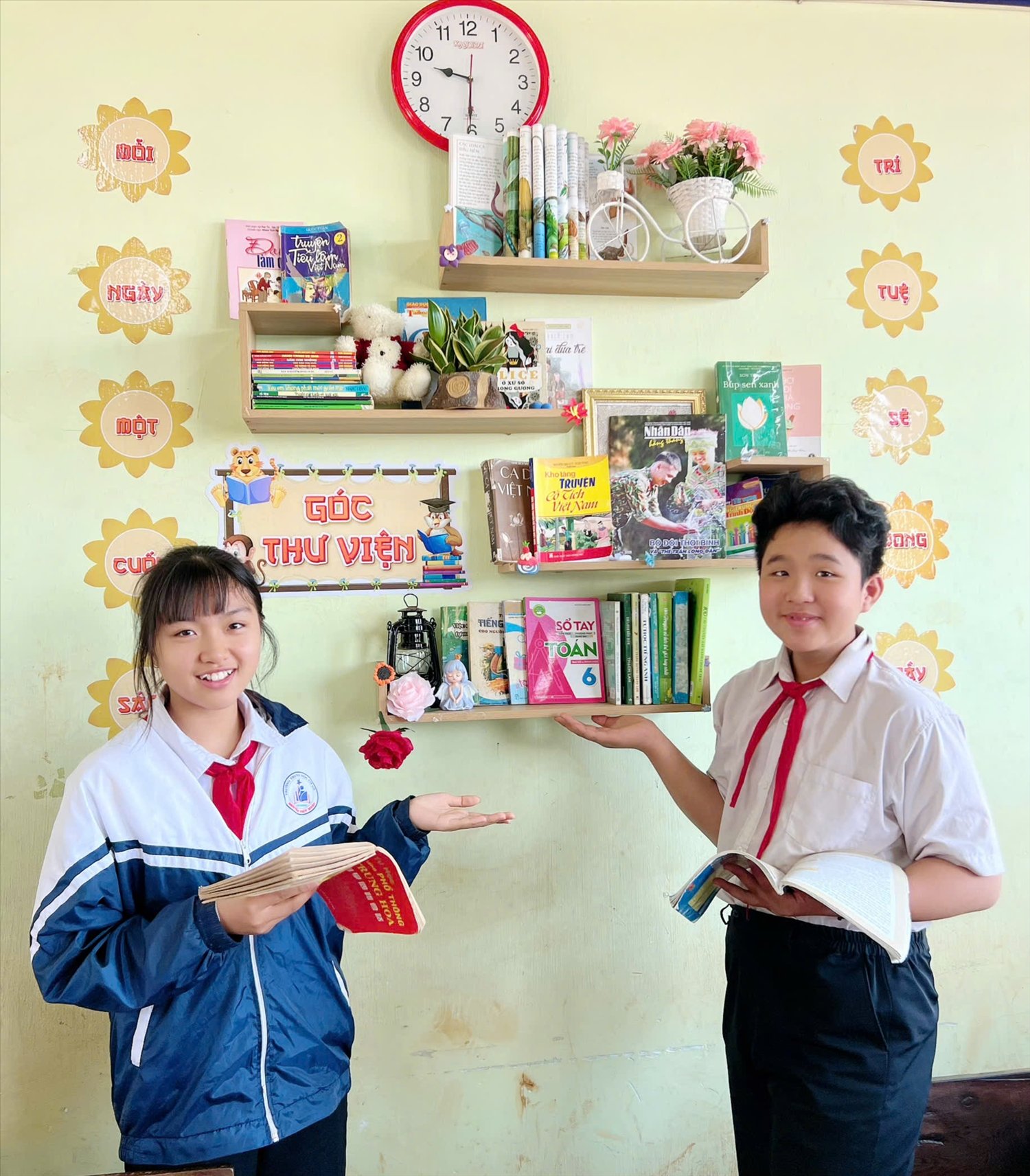
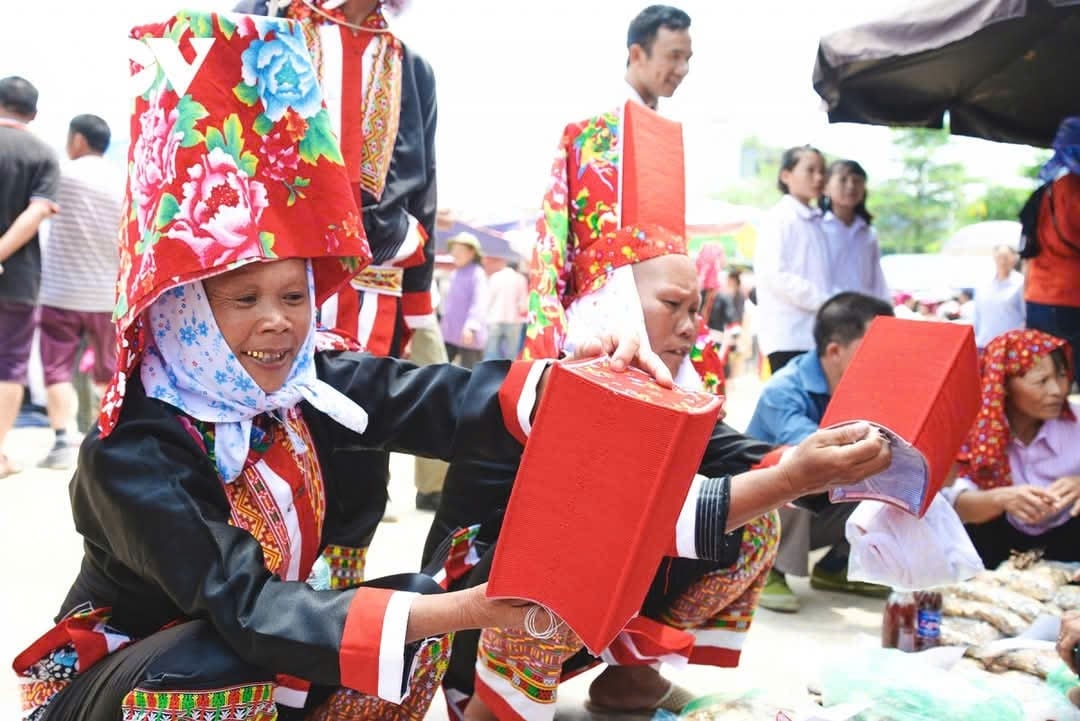
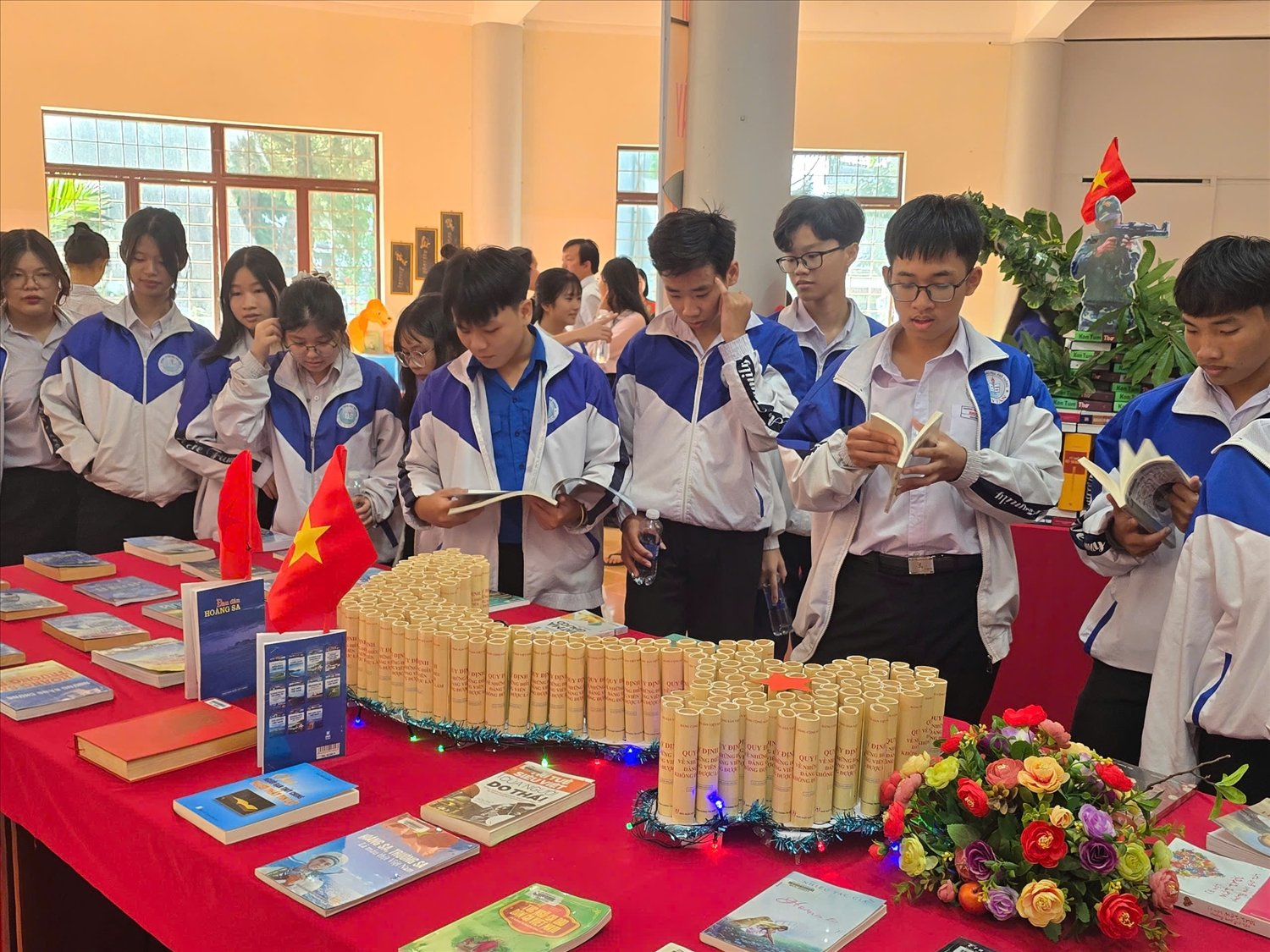
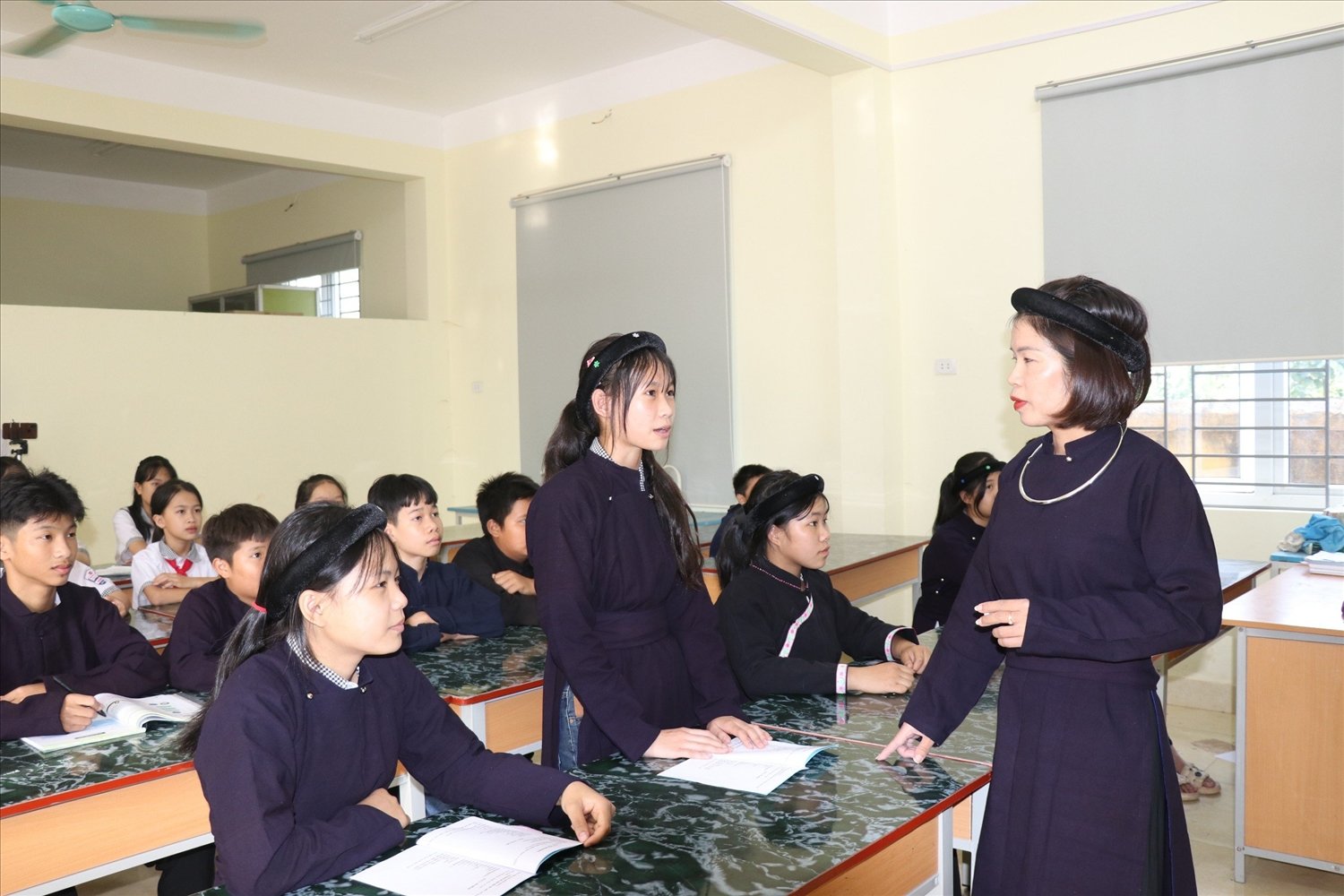
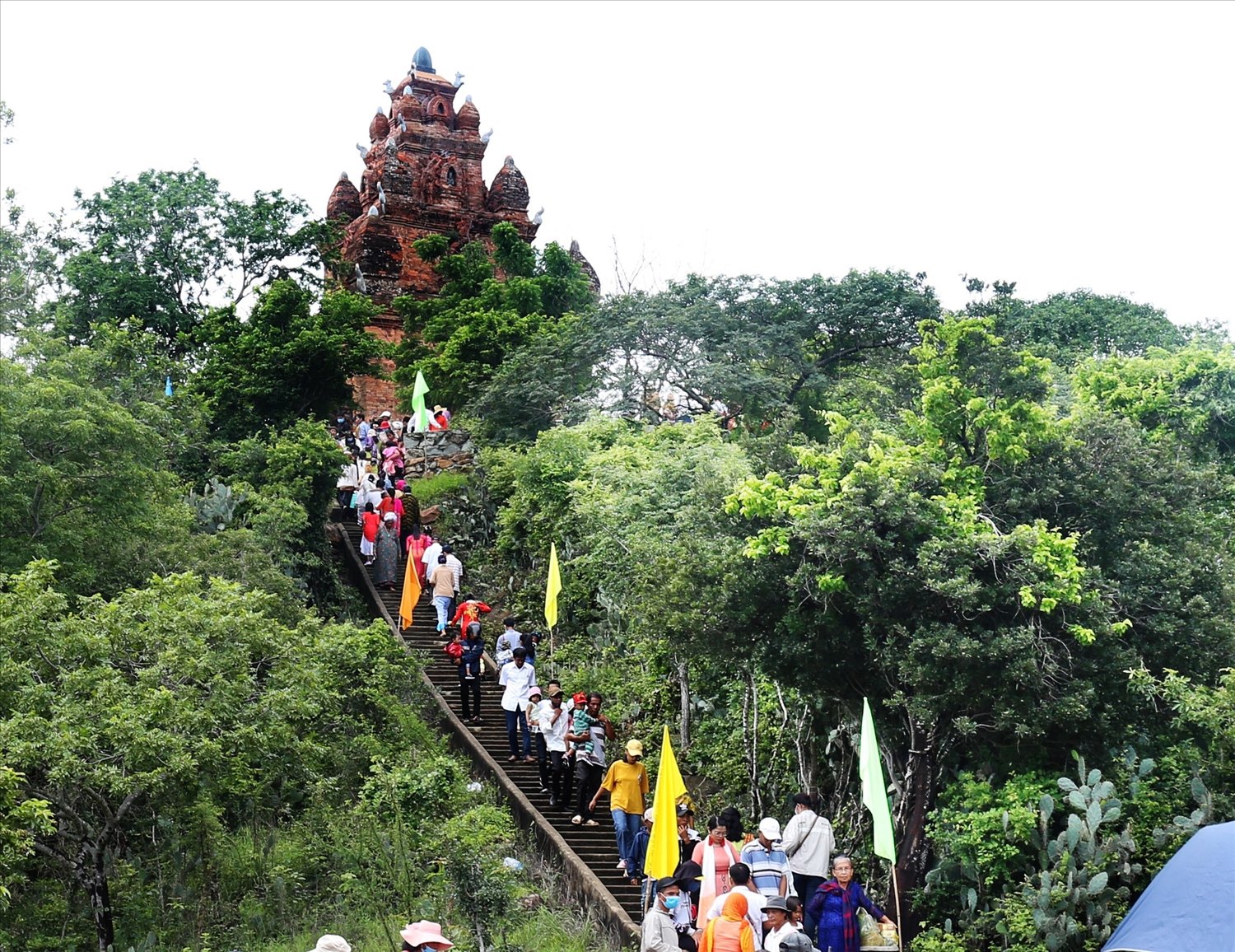
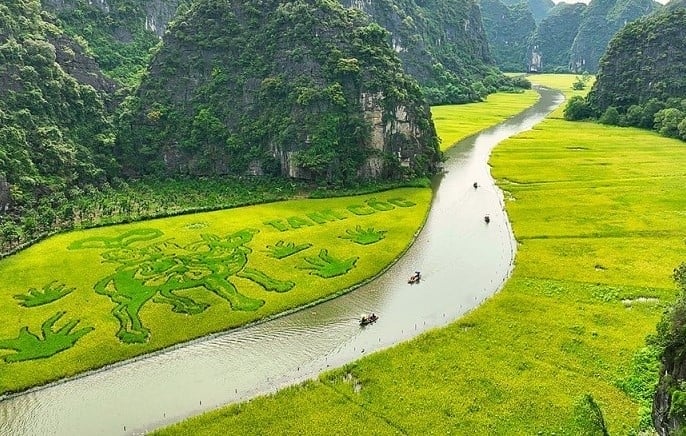

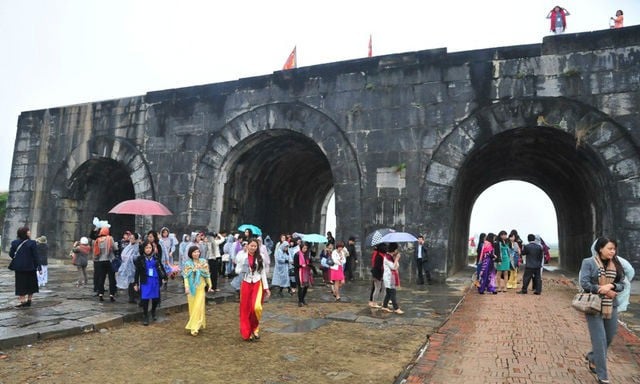



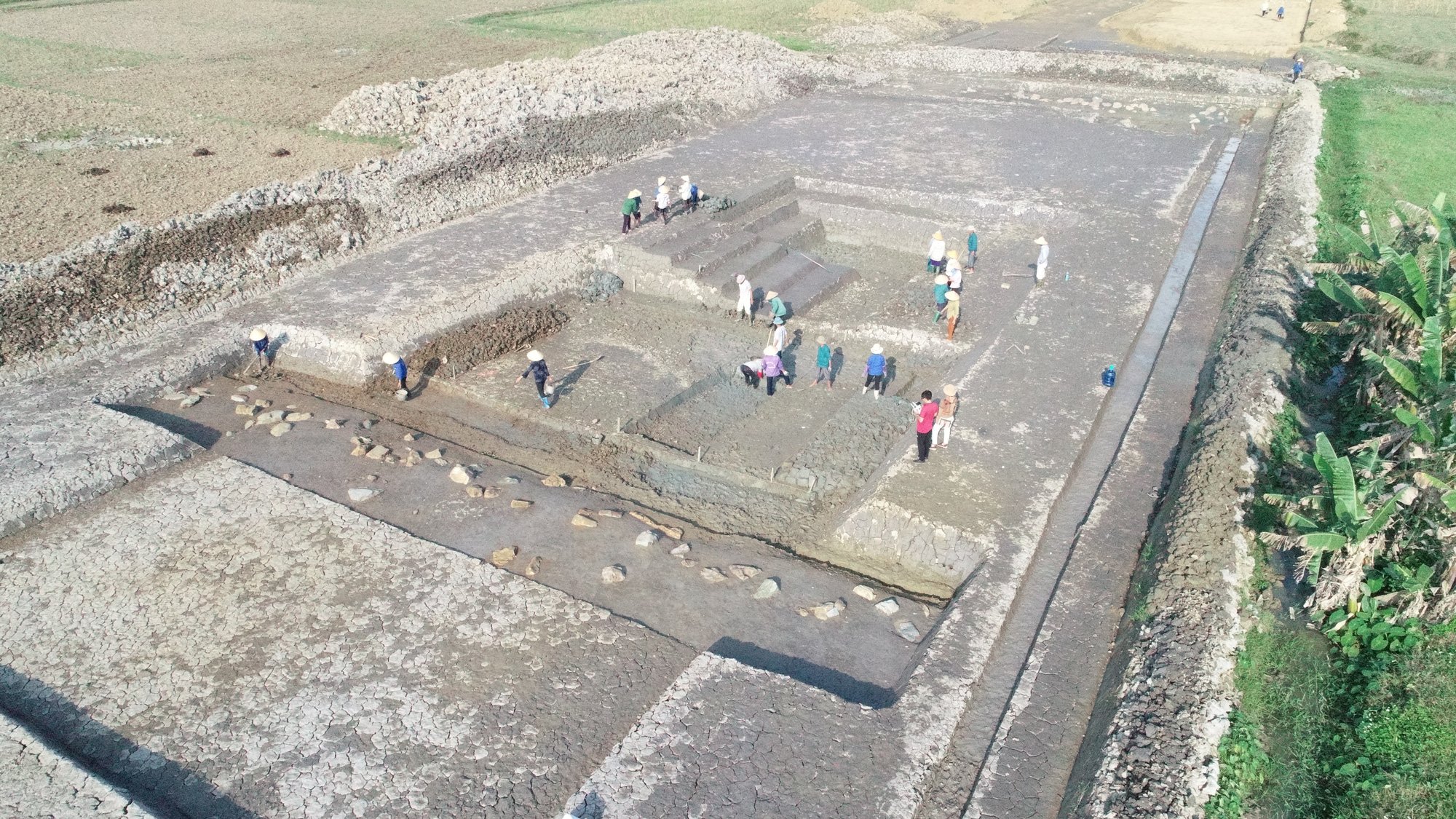

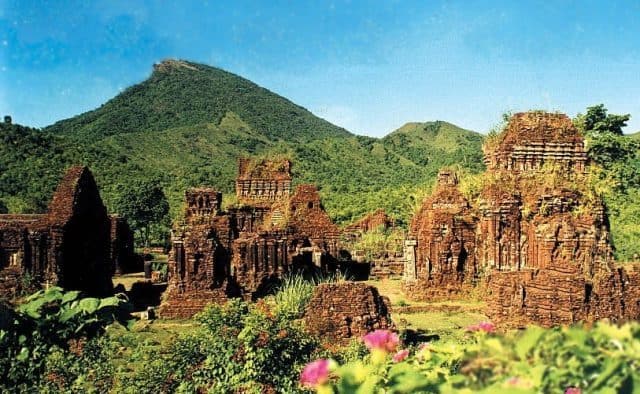
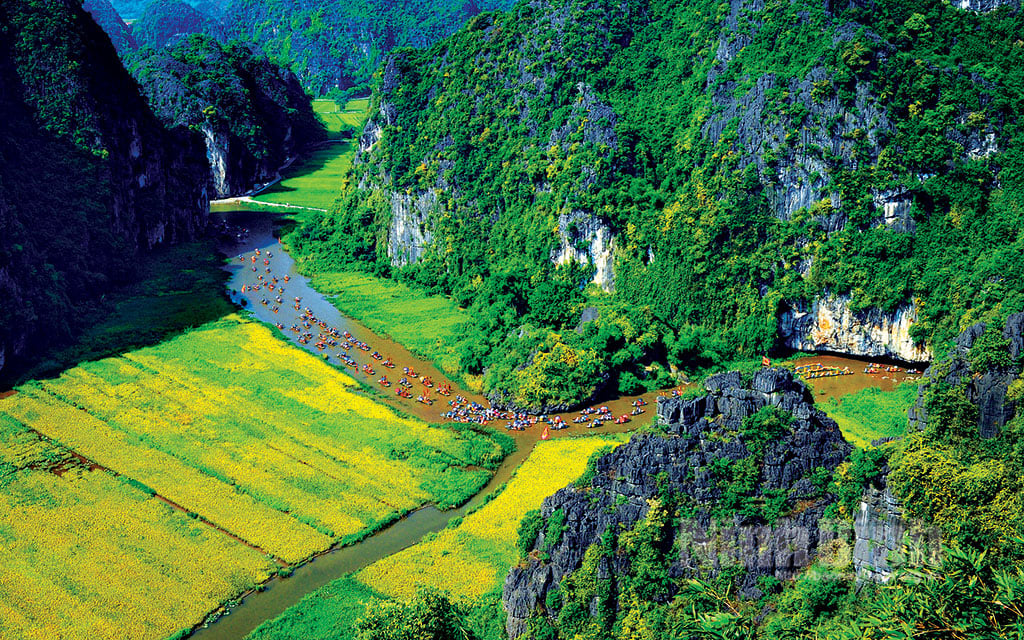

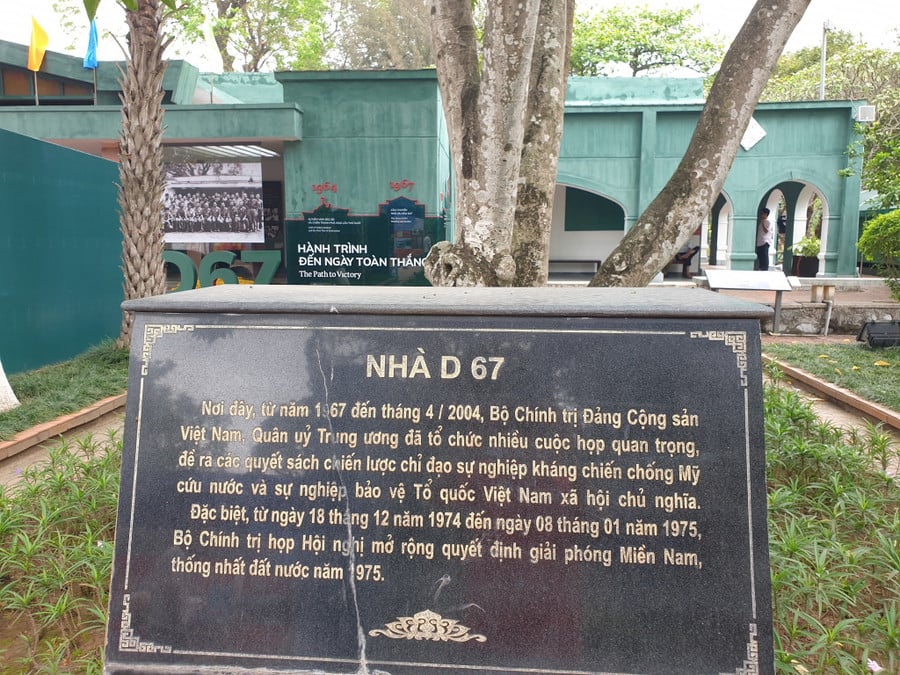

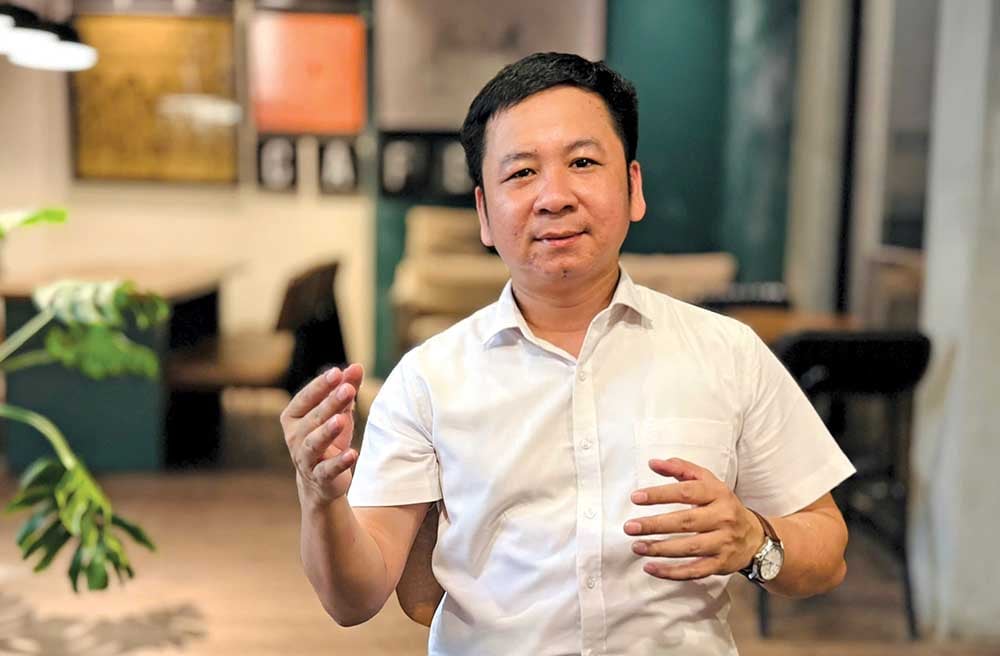

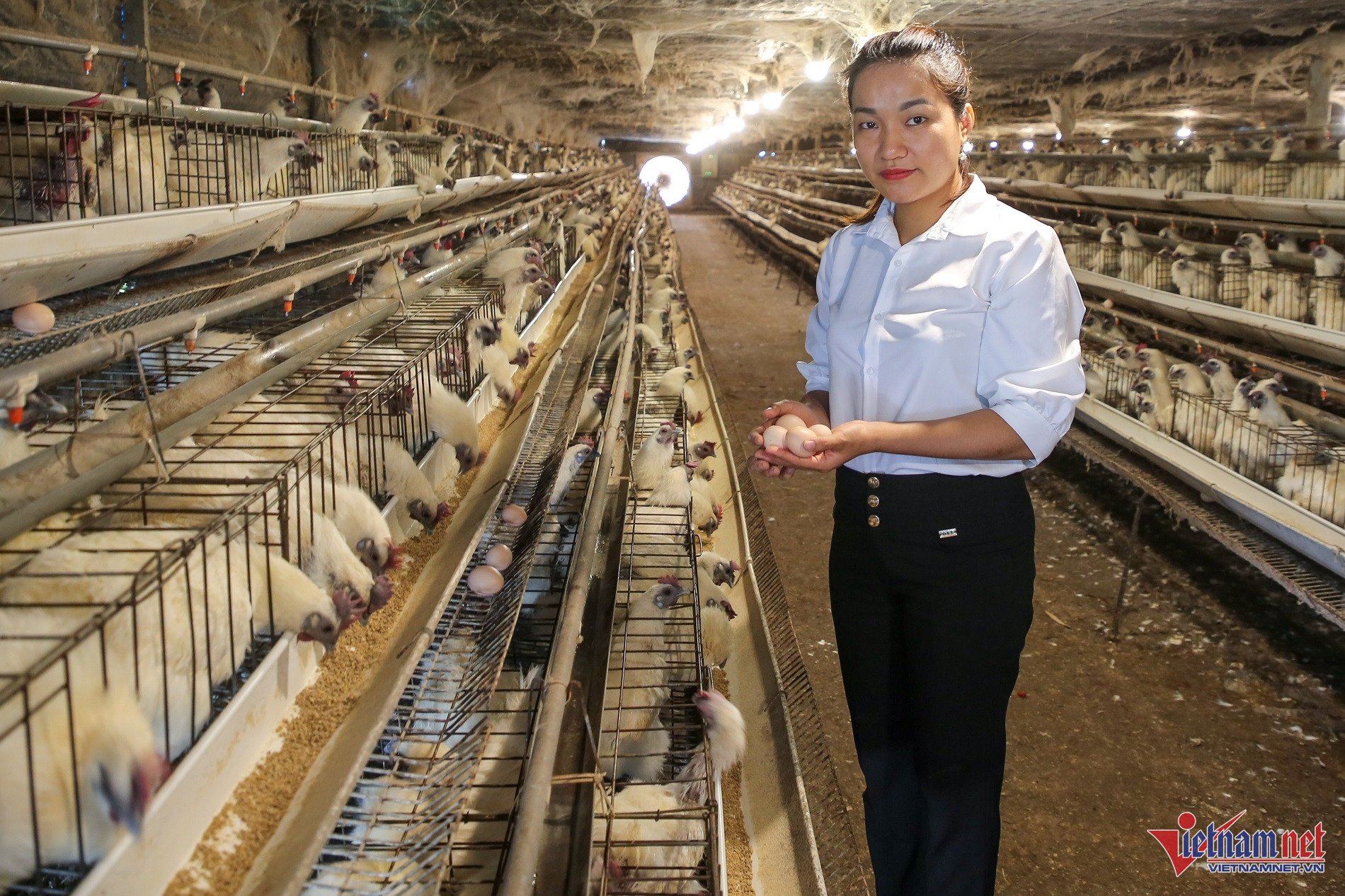


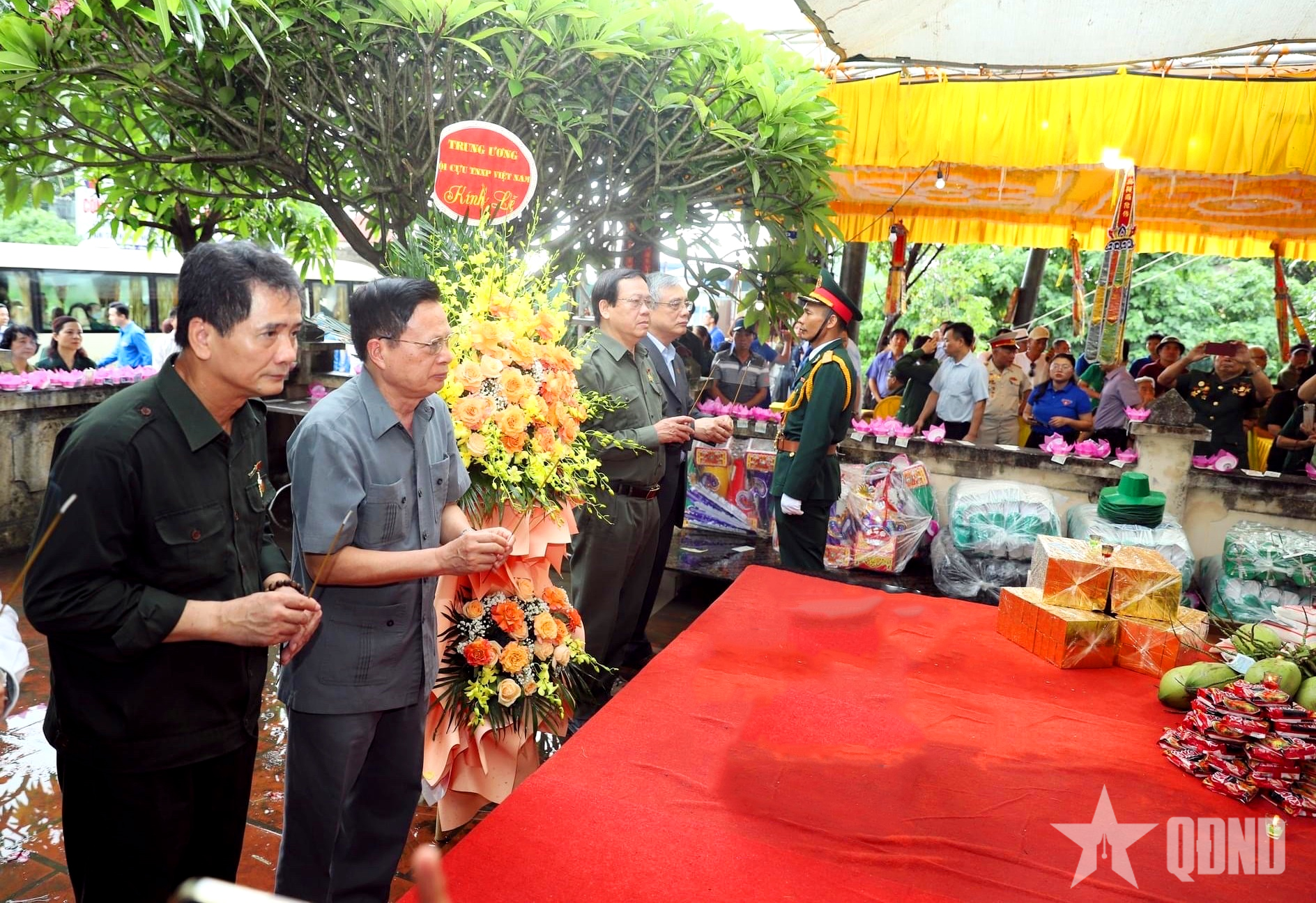


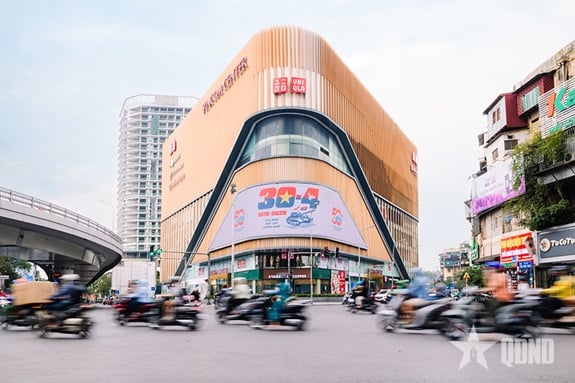





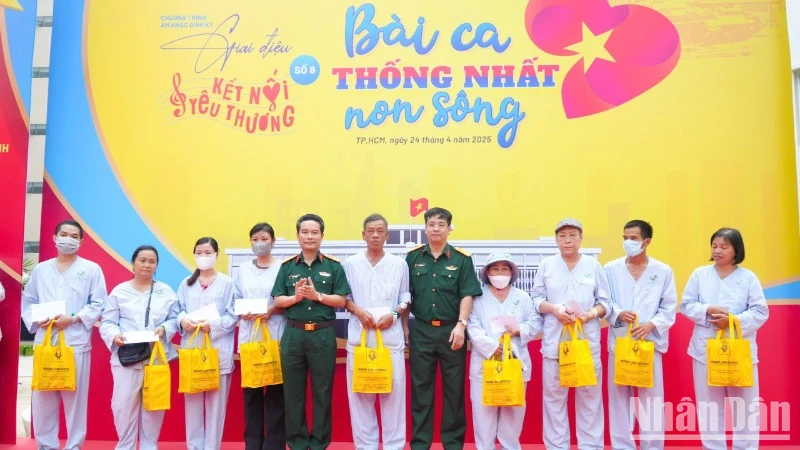

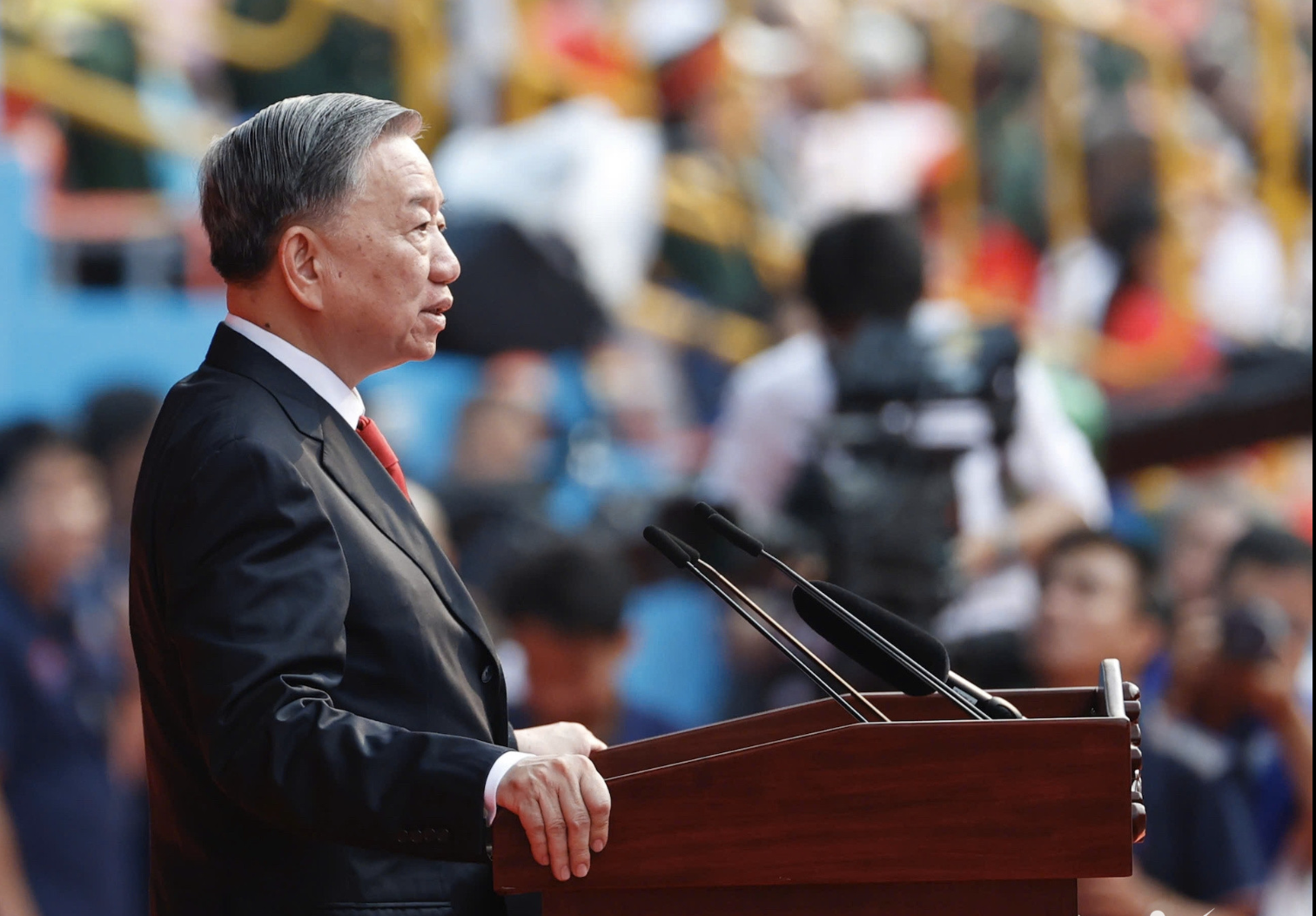


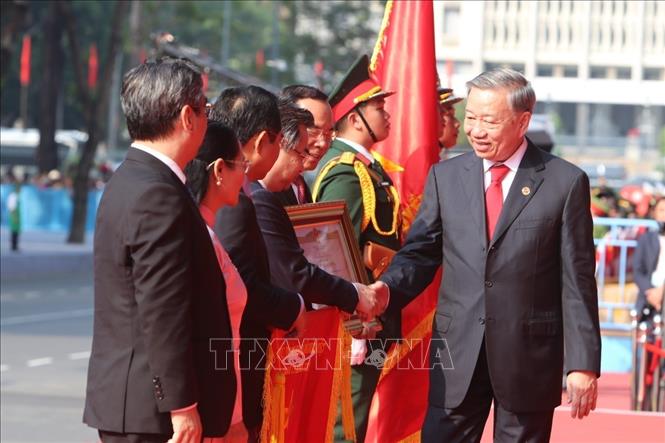

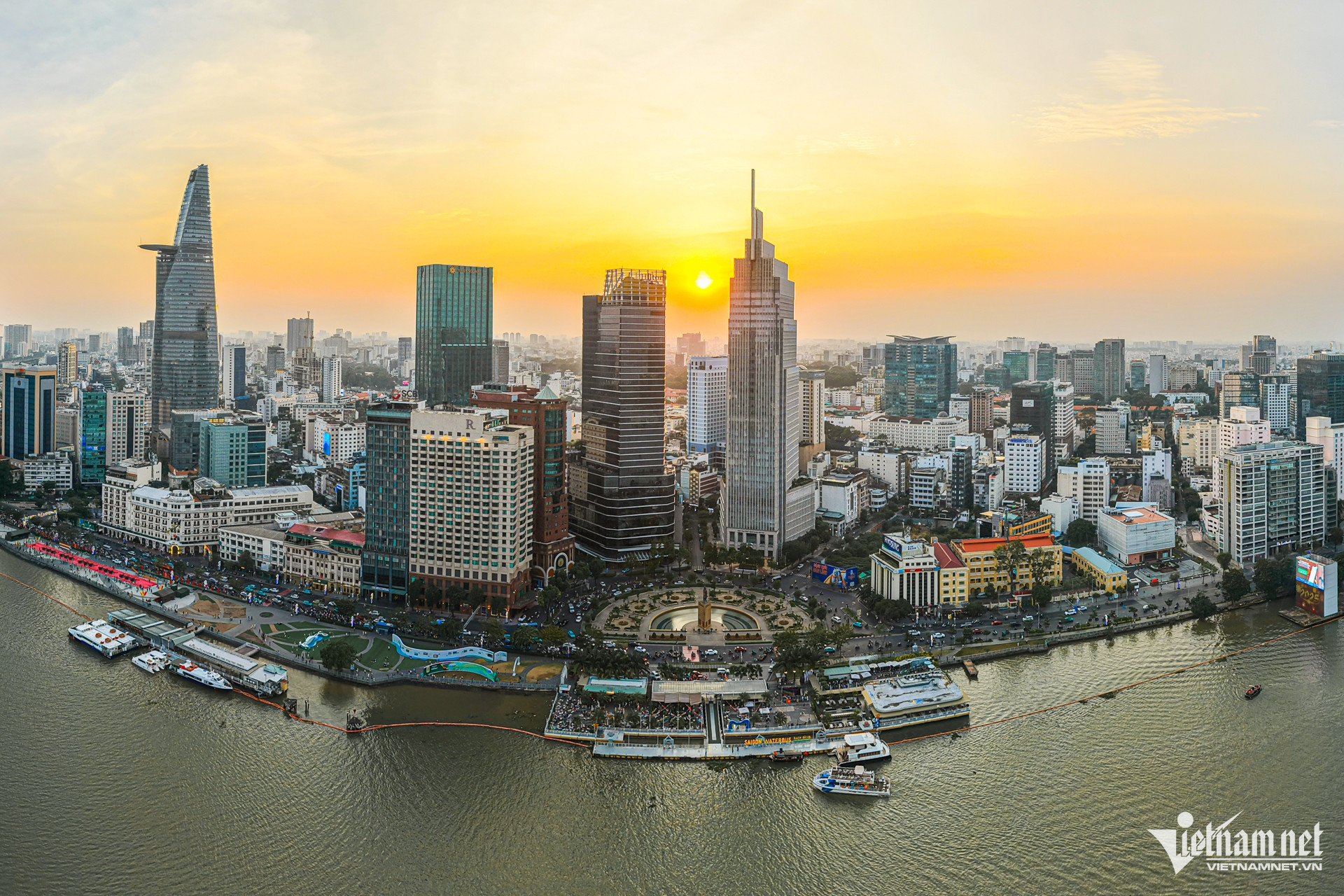

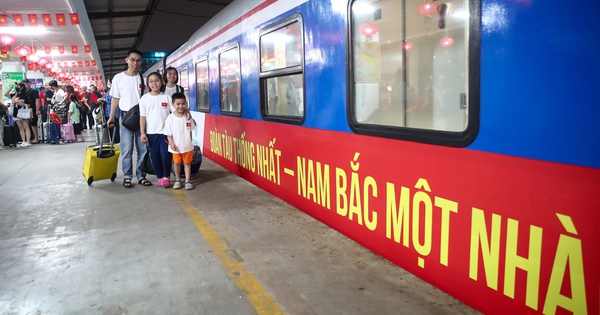

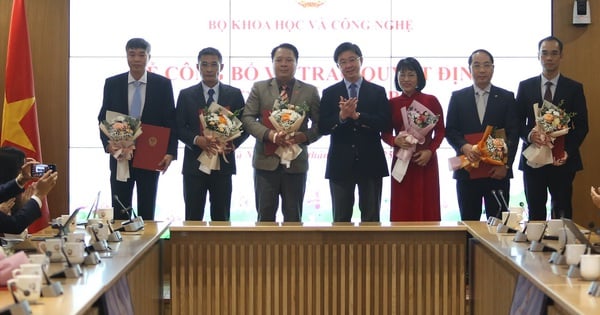

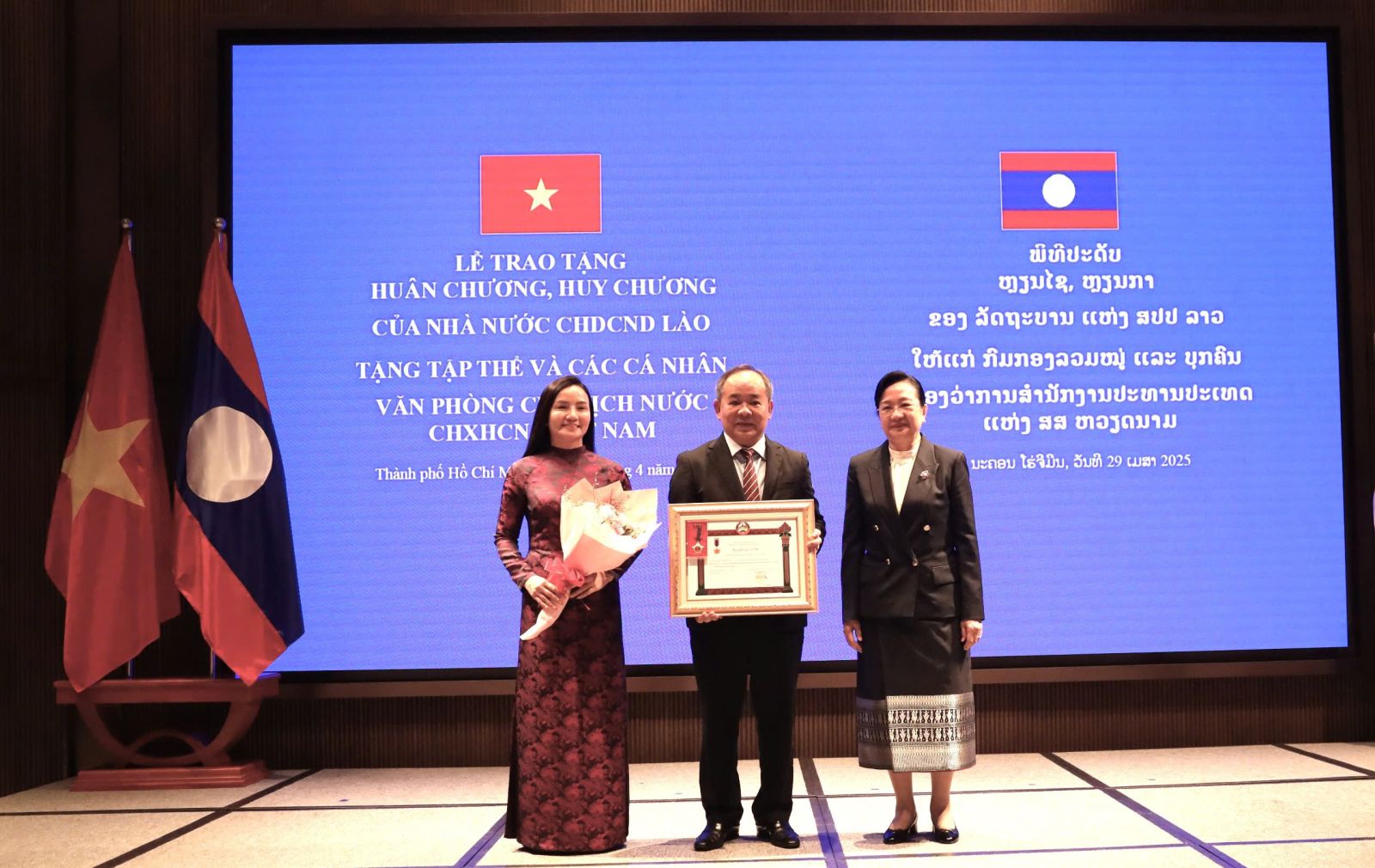

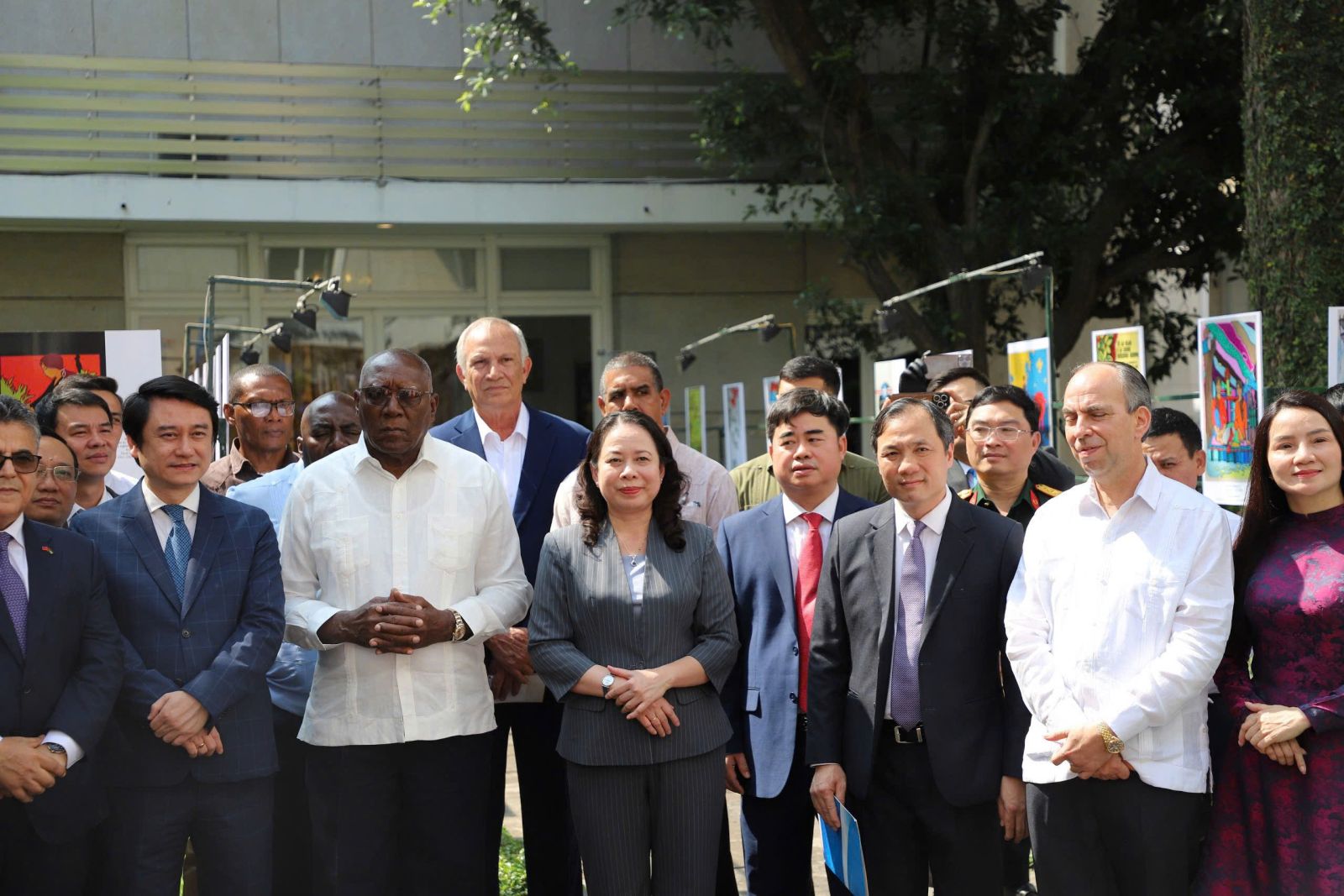
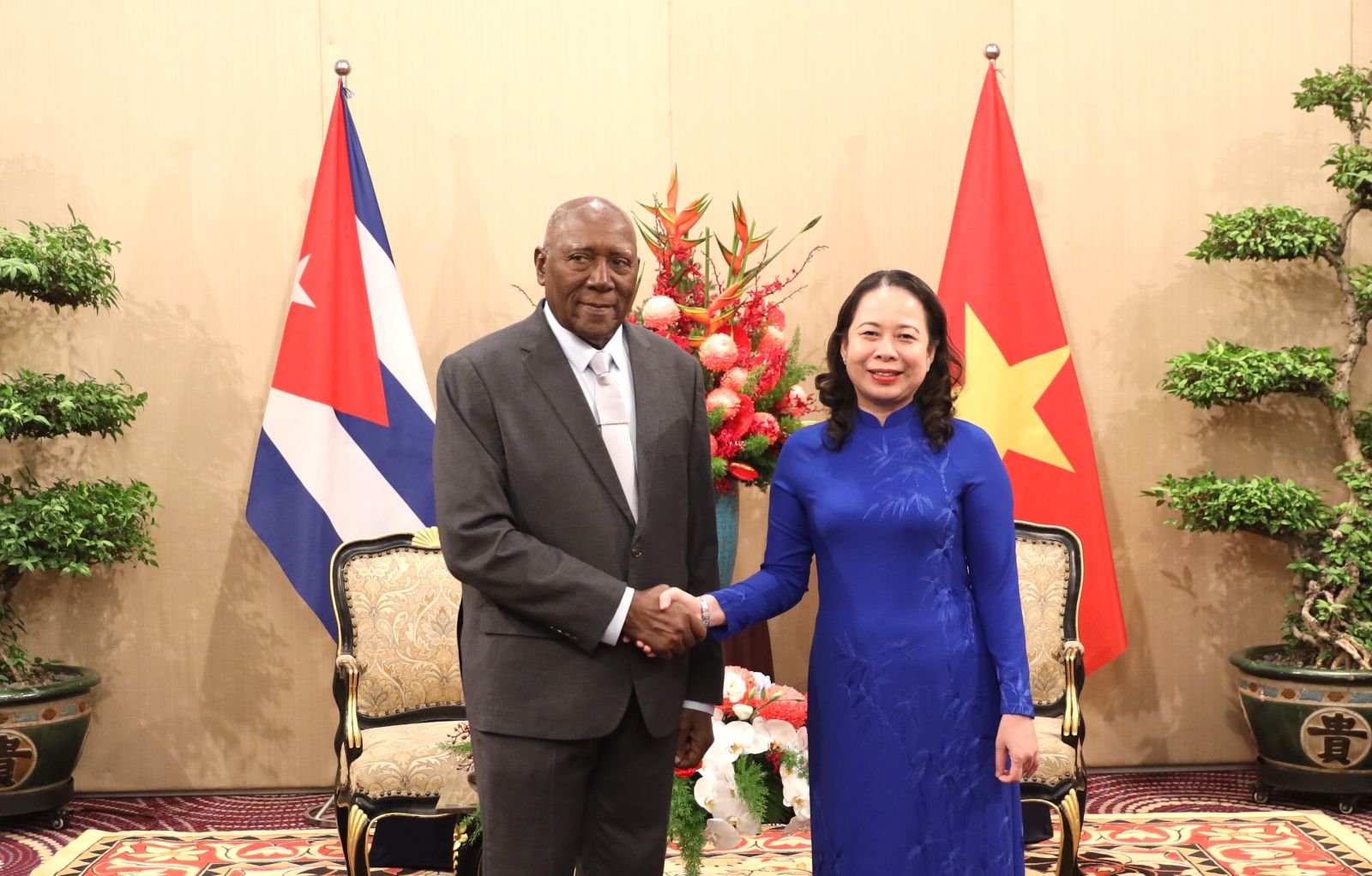
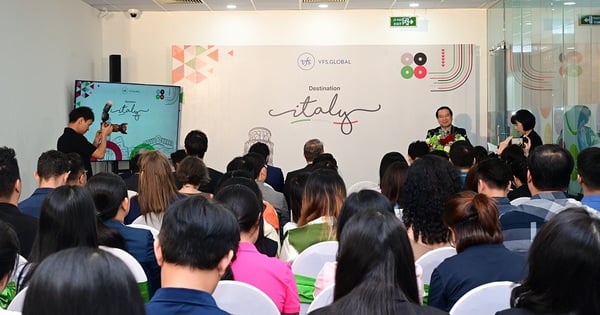
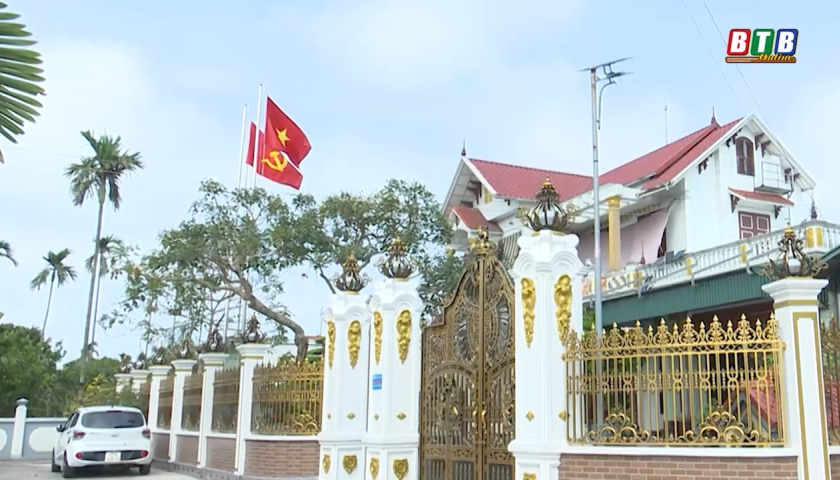

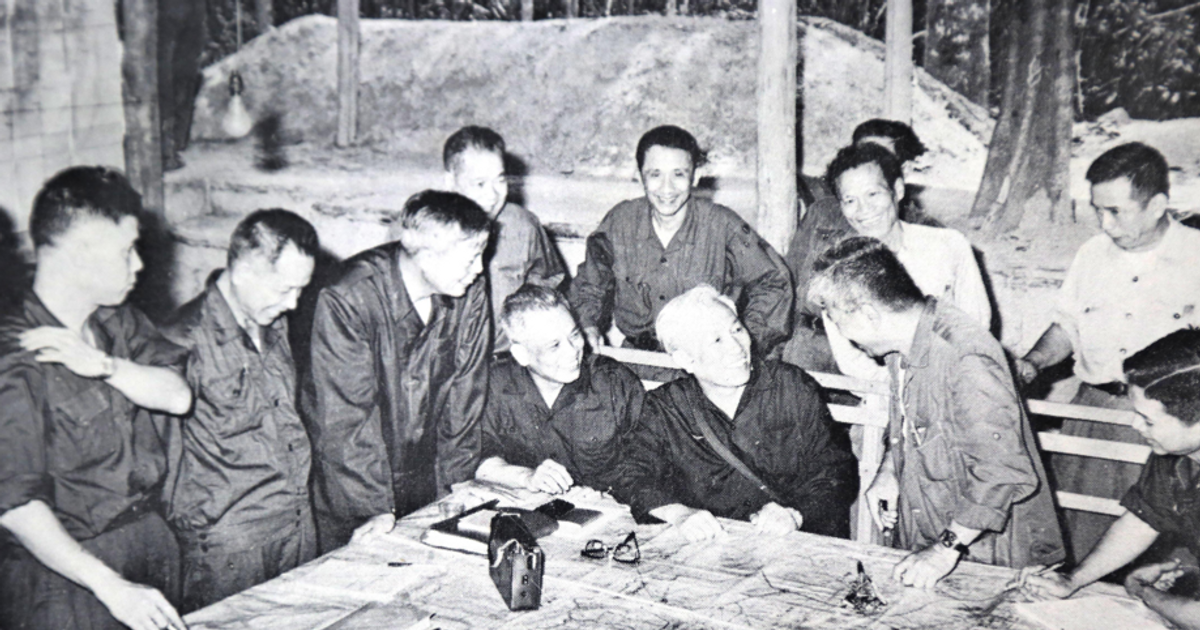

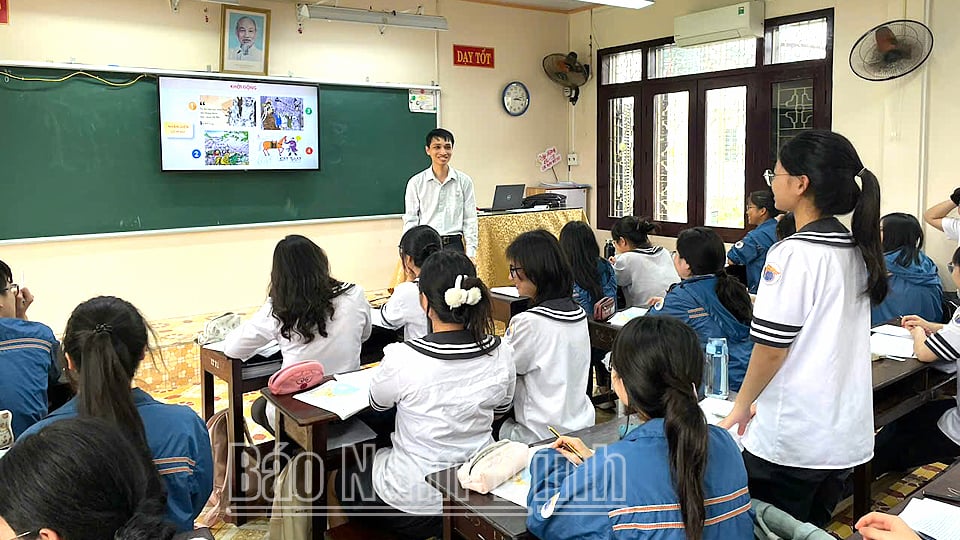

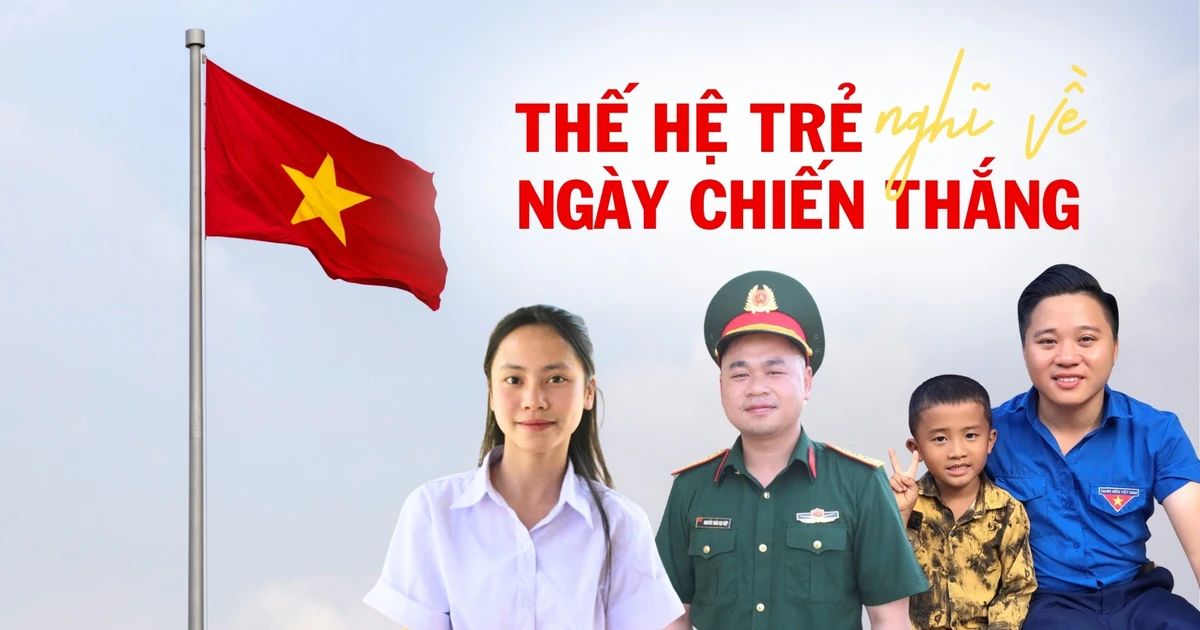

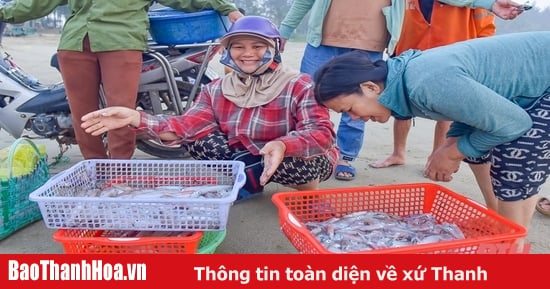

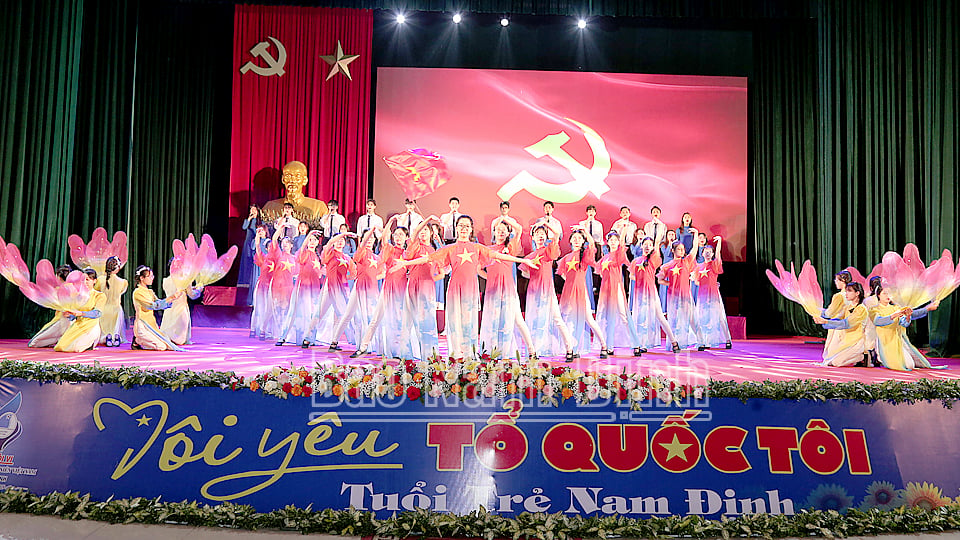
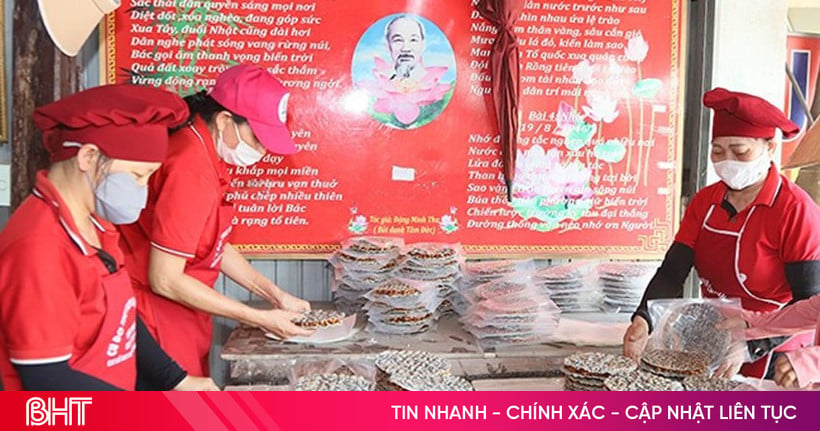

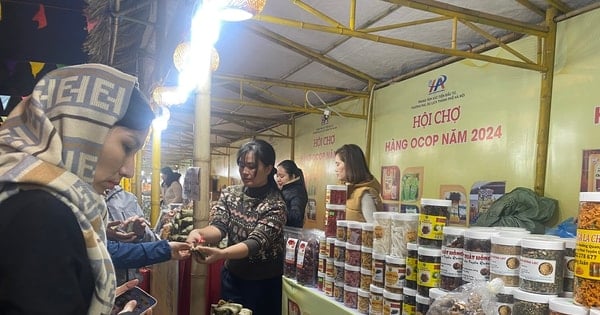

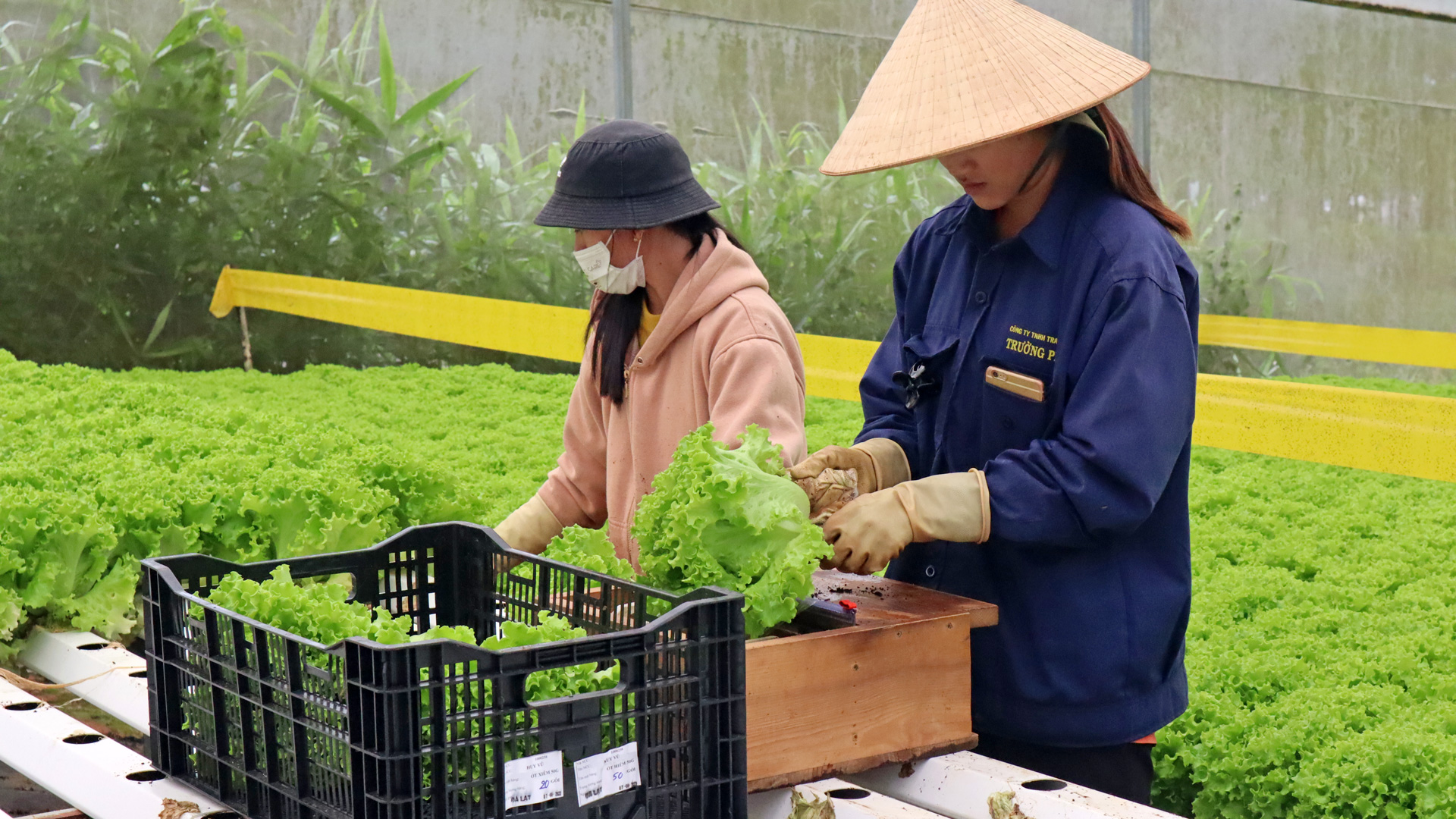

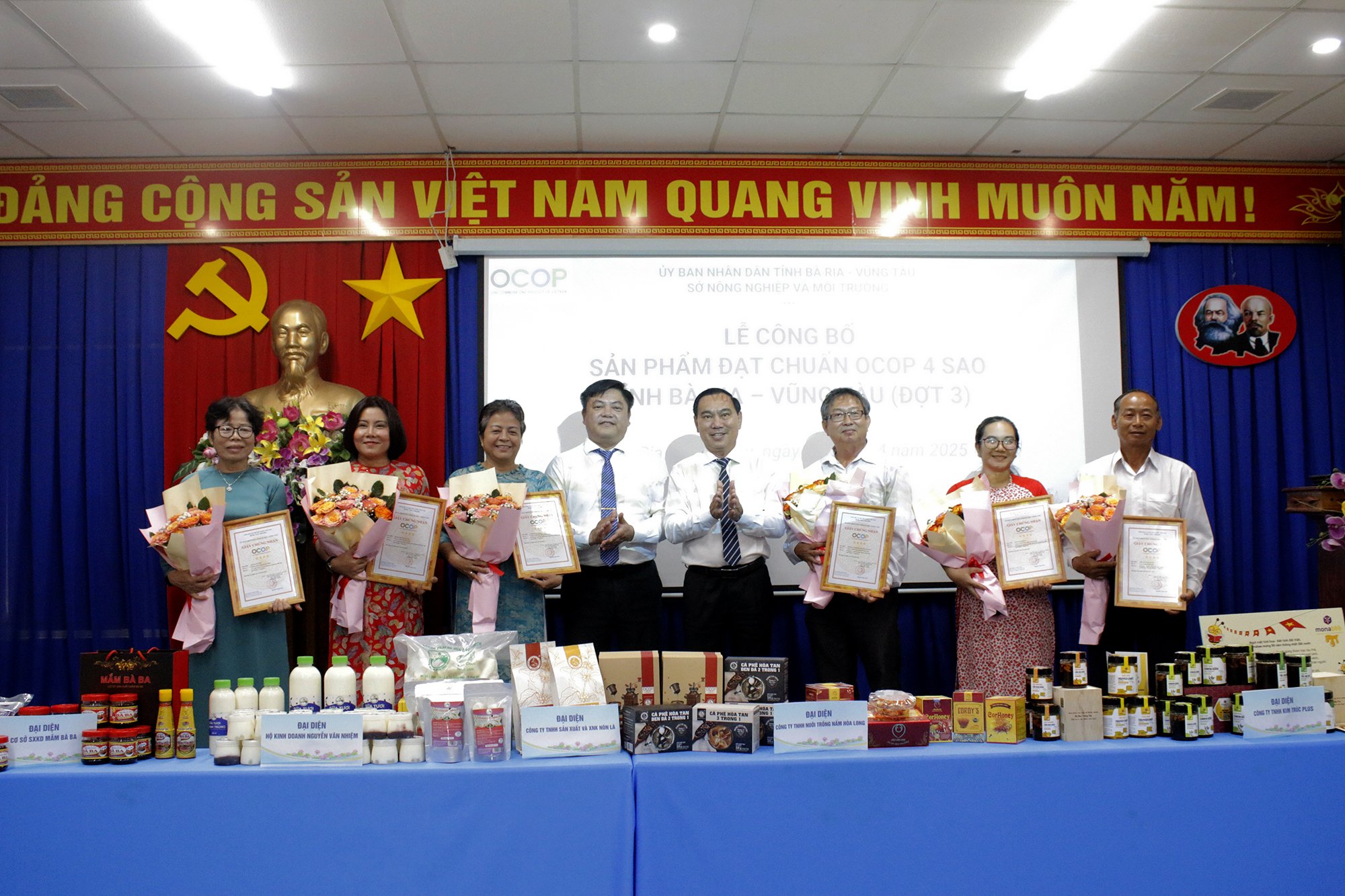

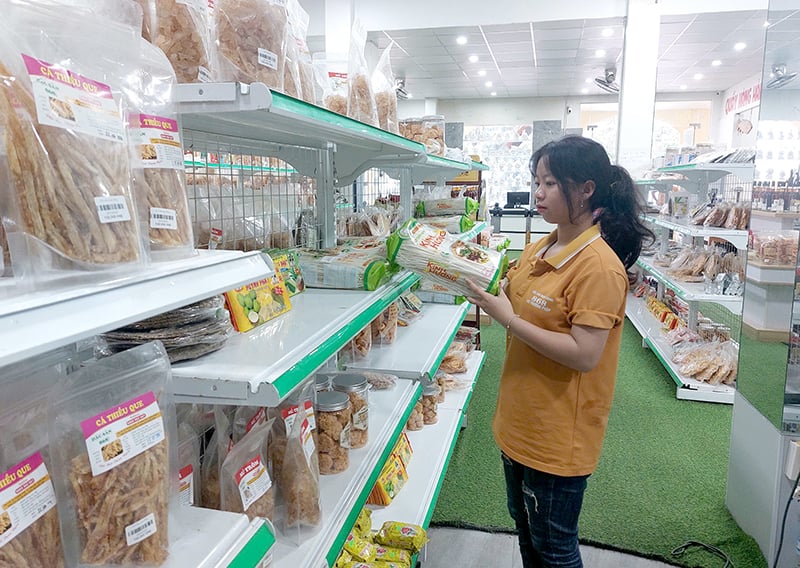

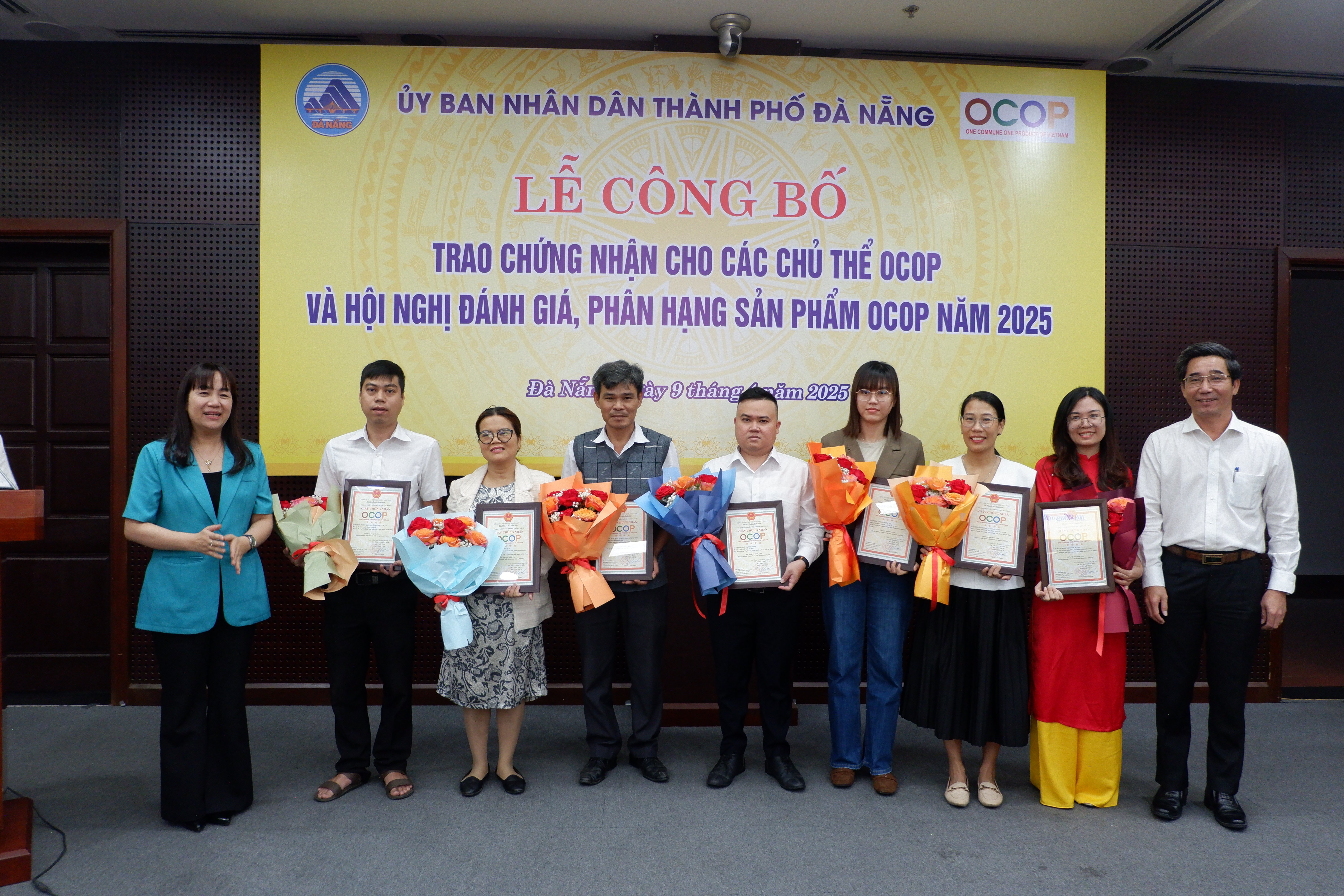

Comment (0)